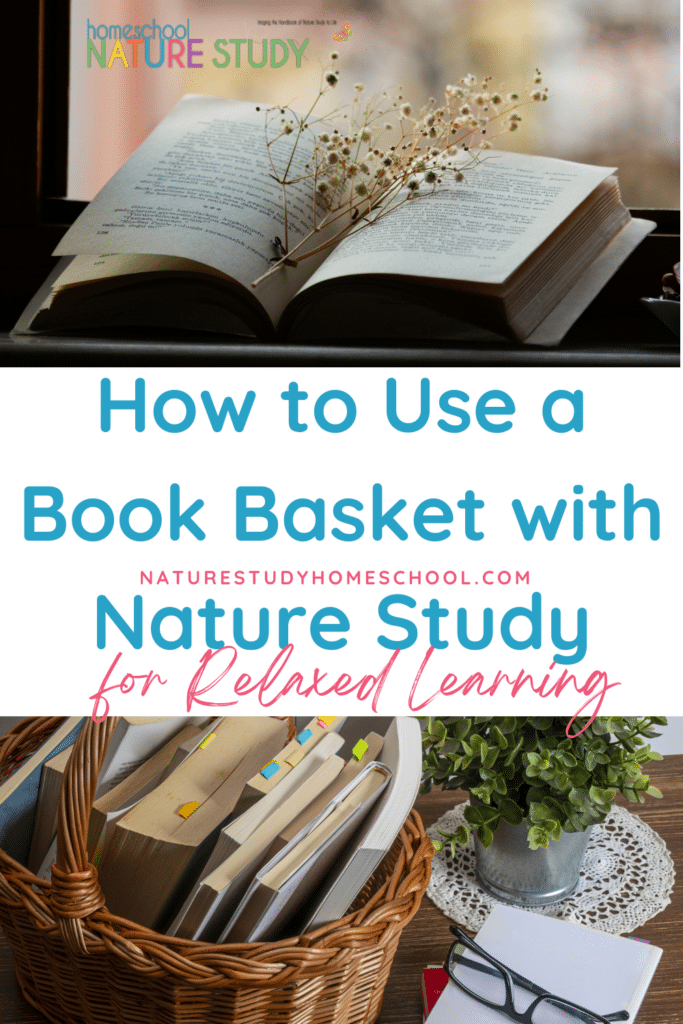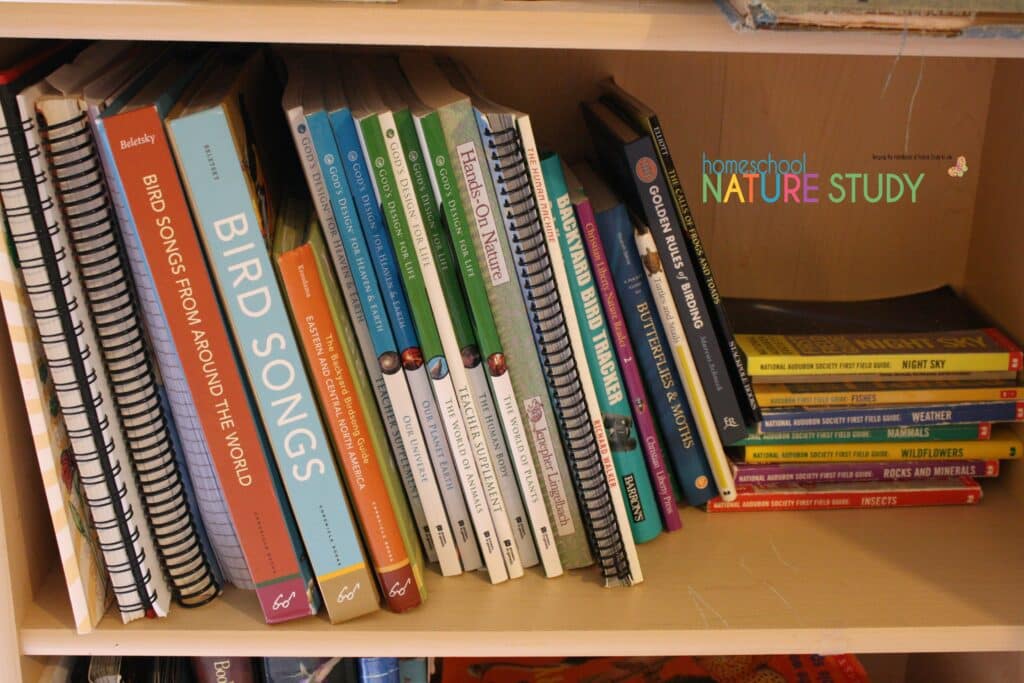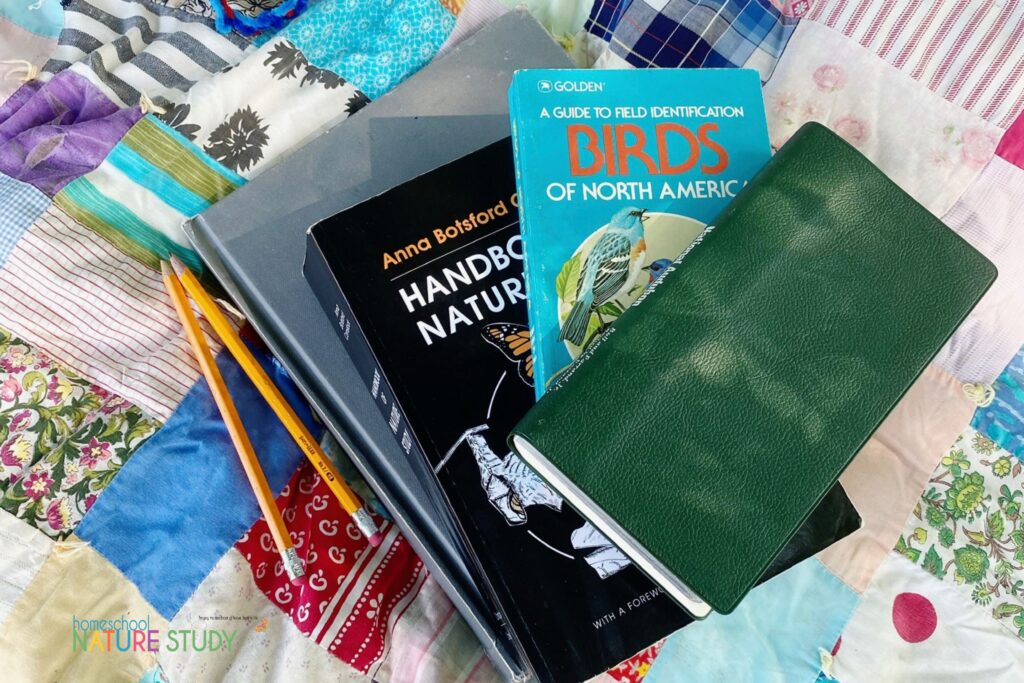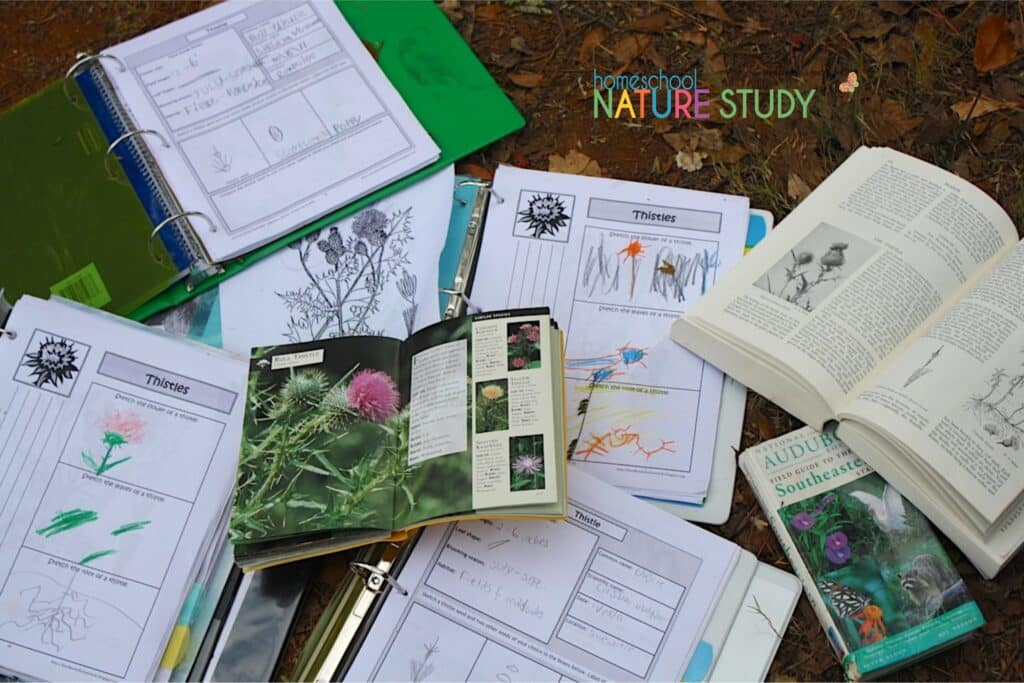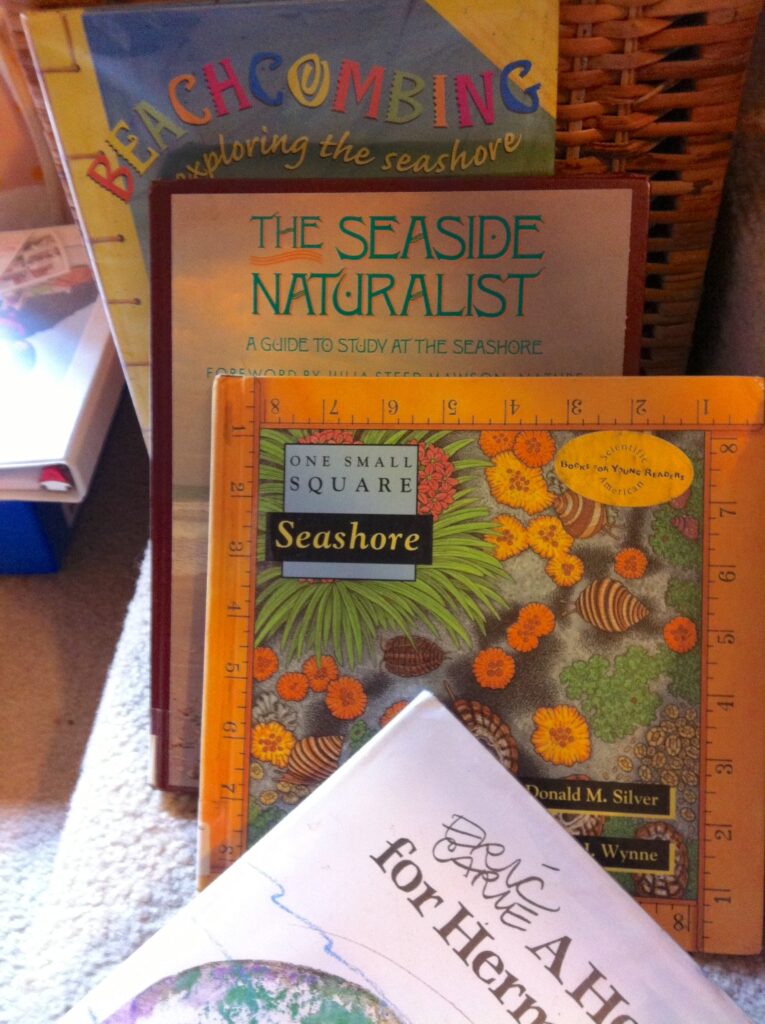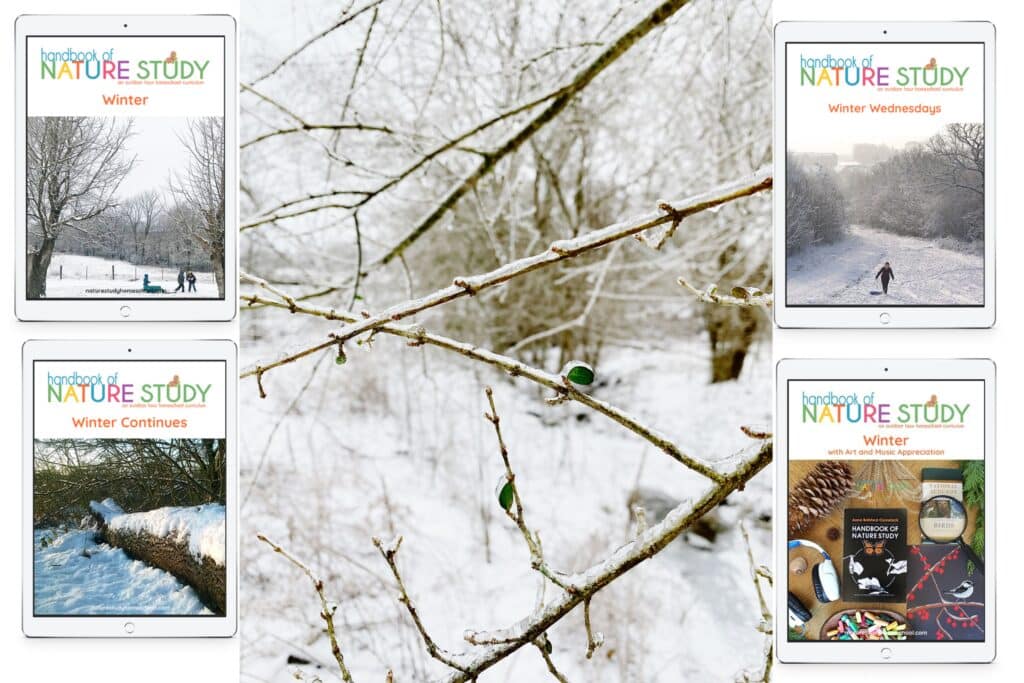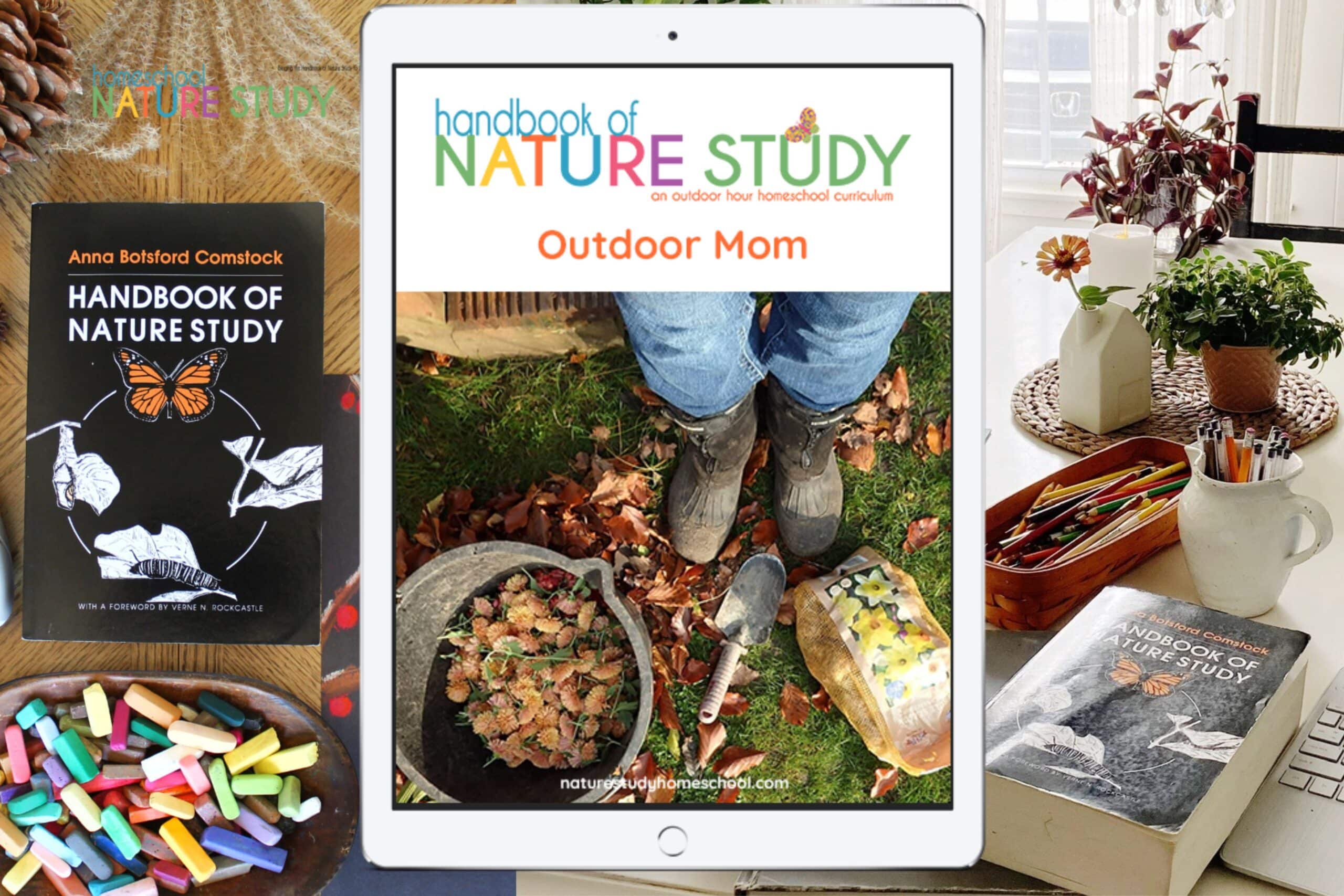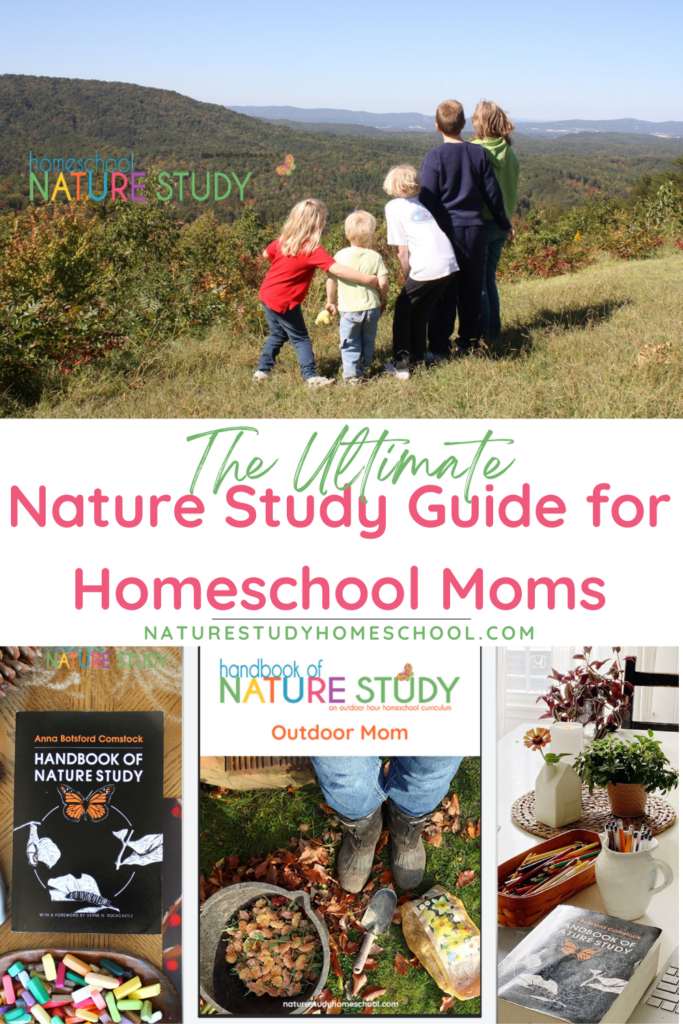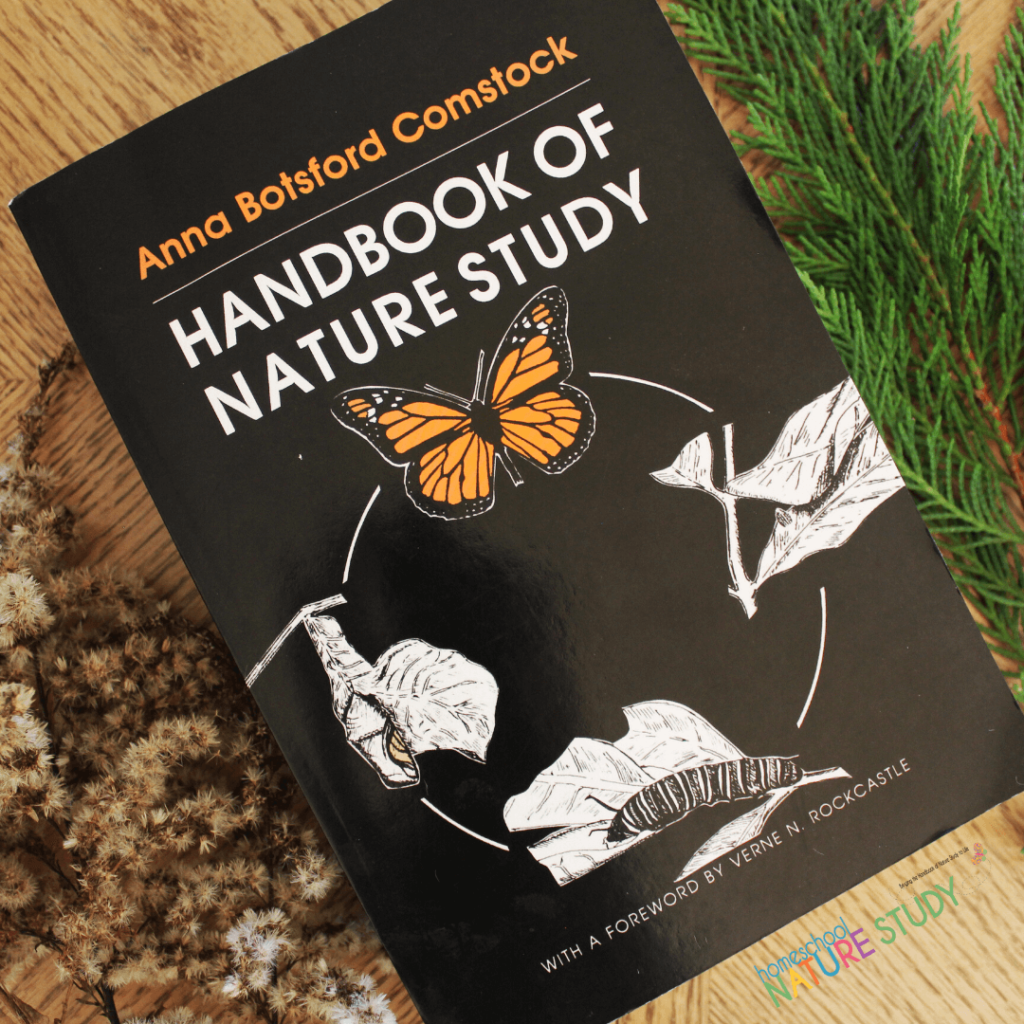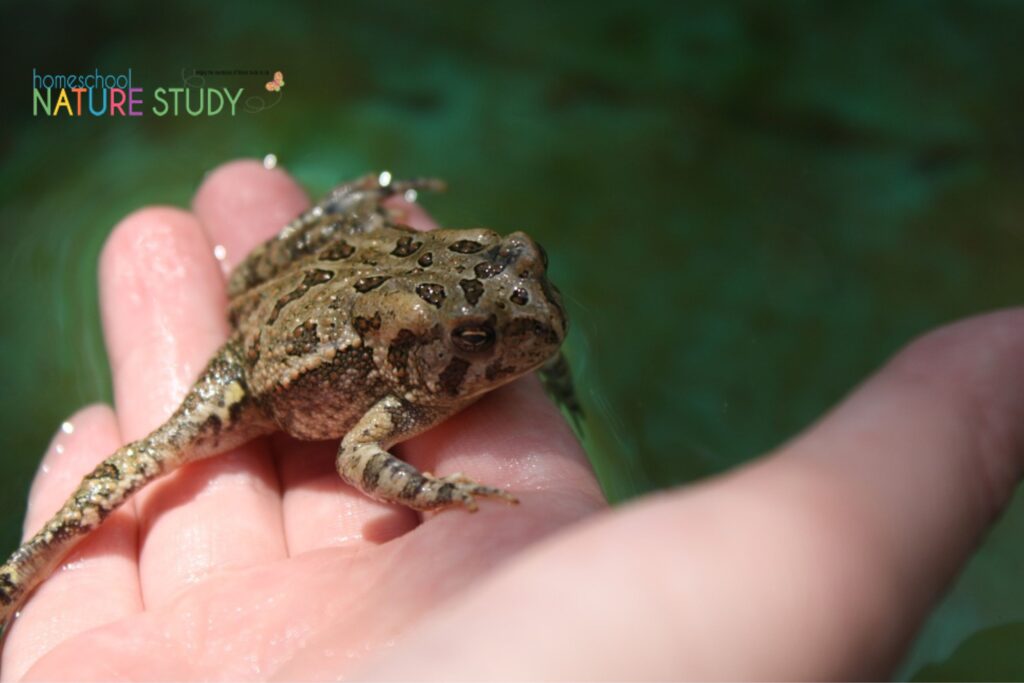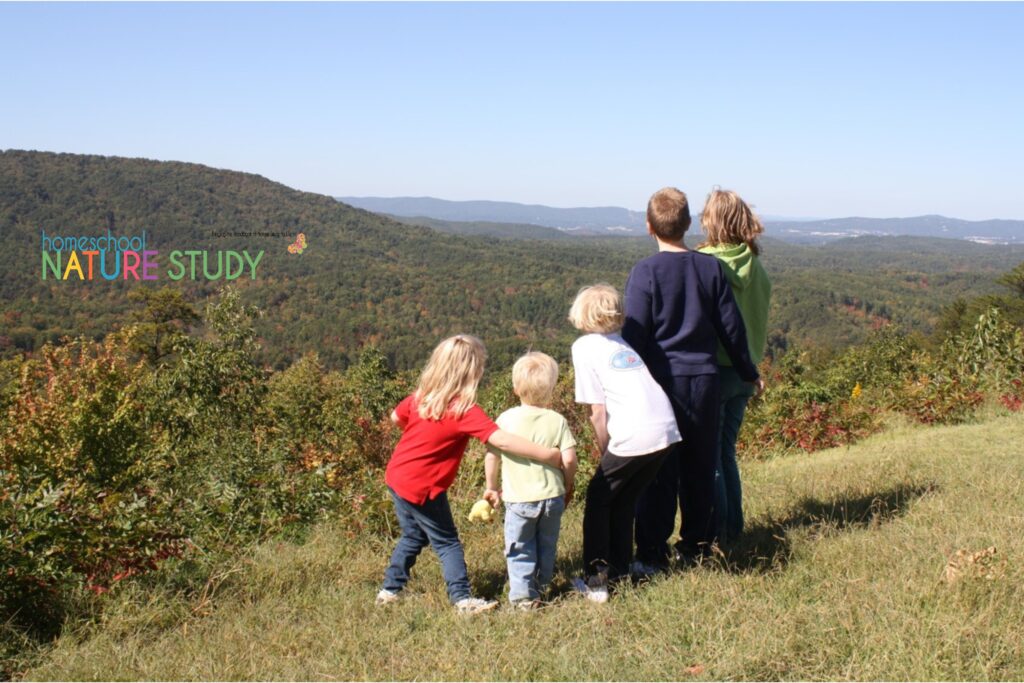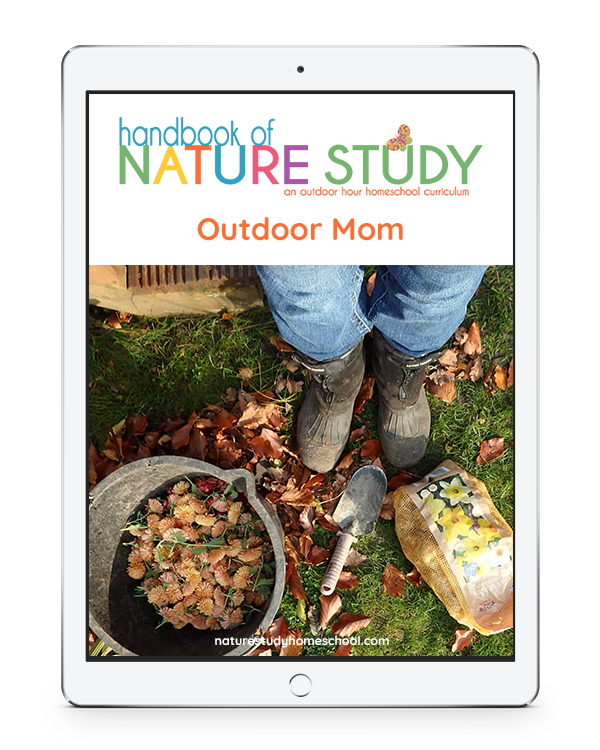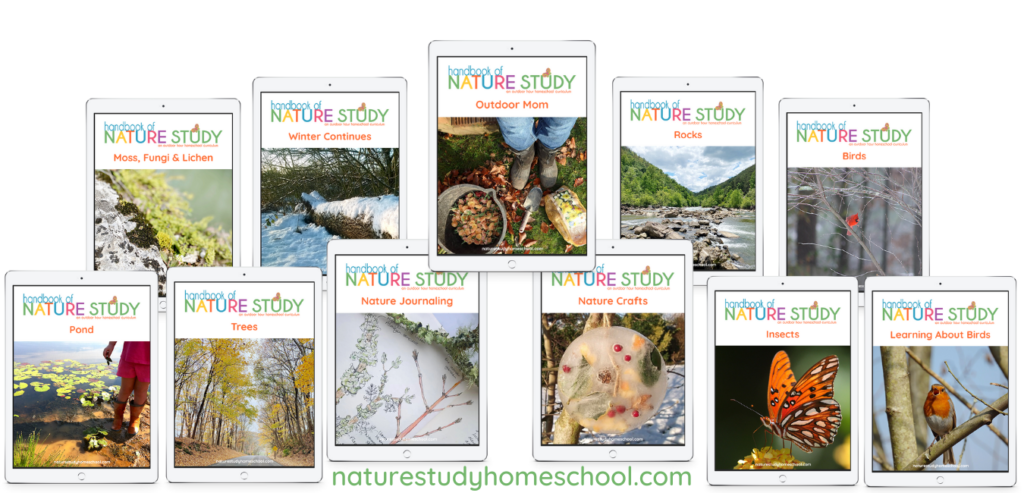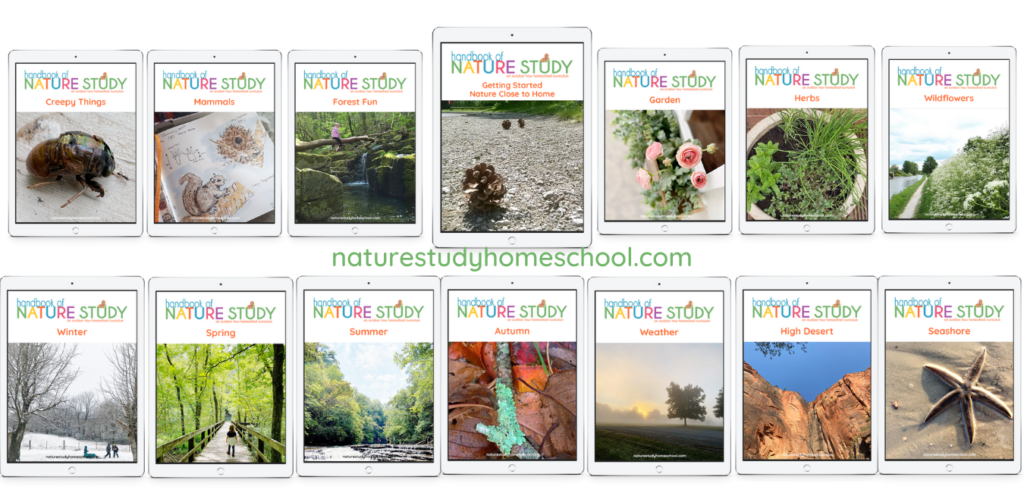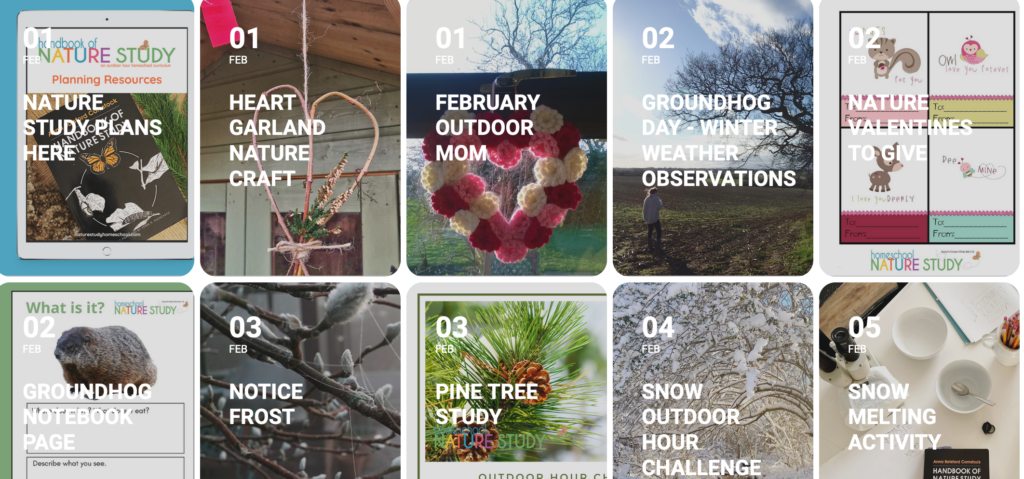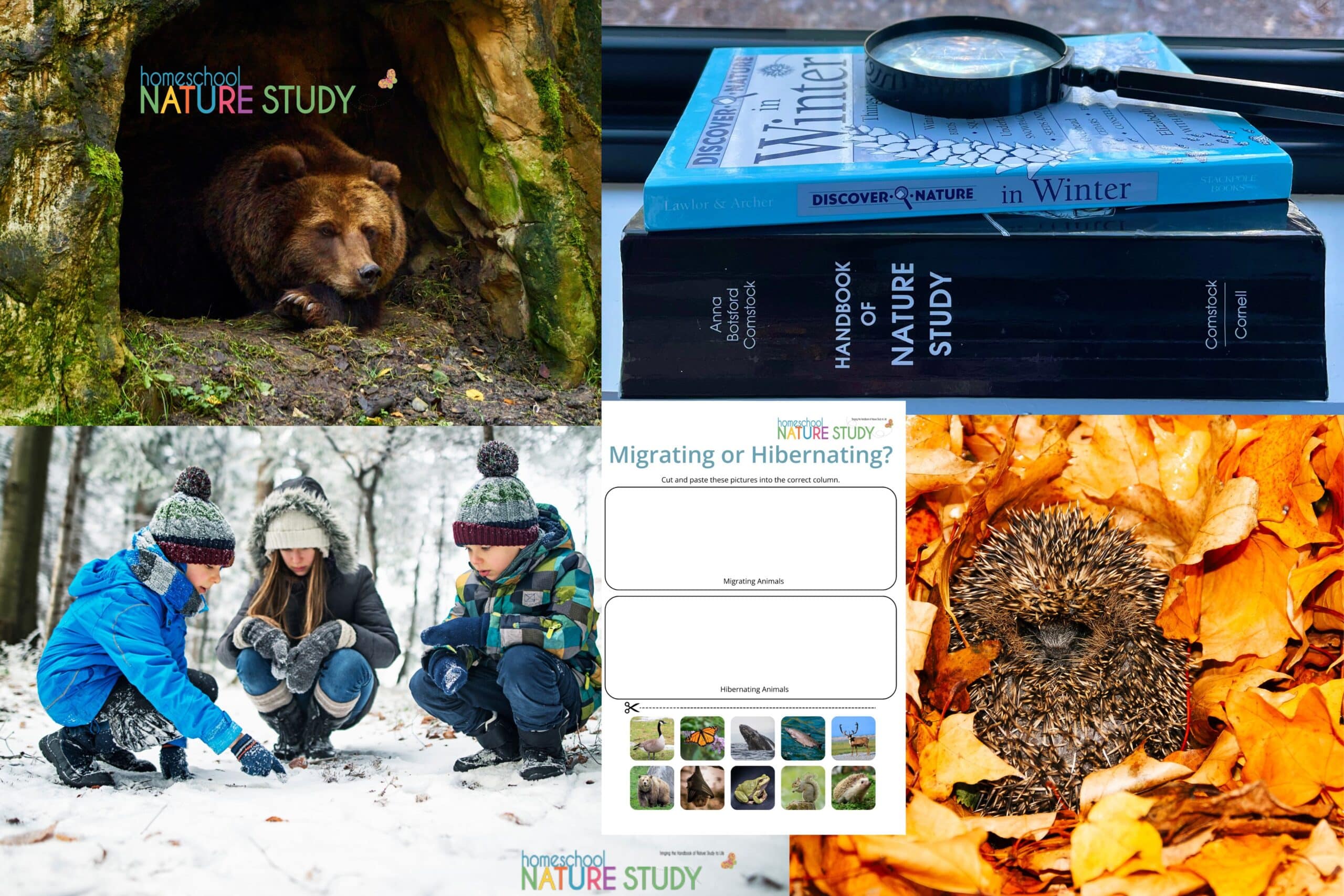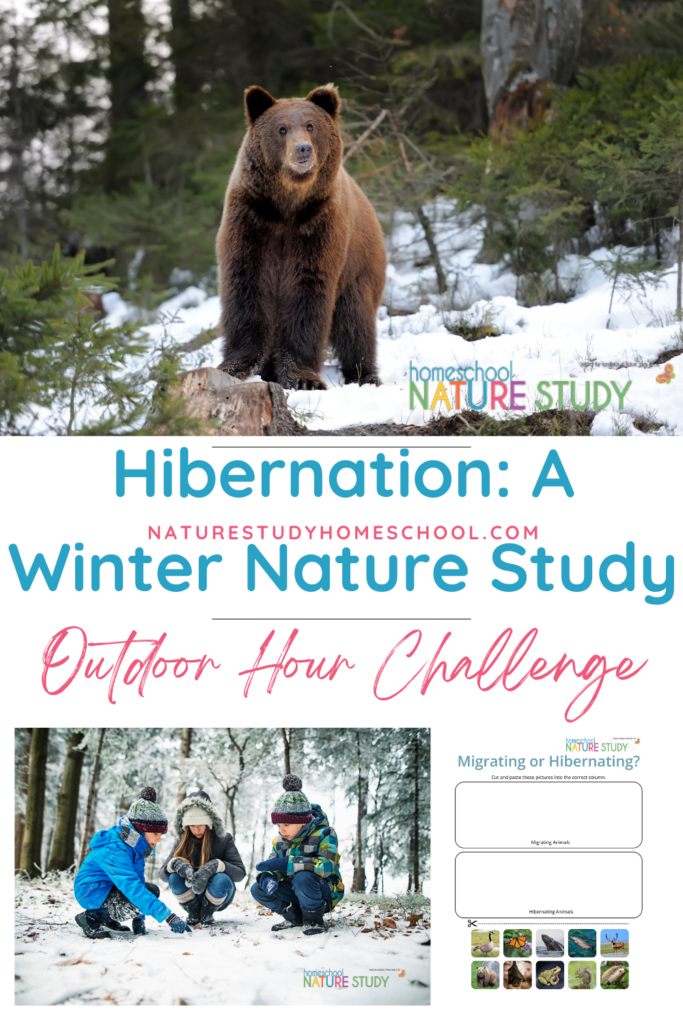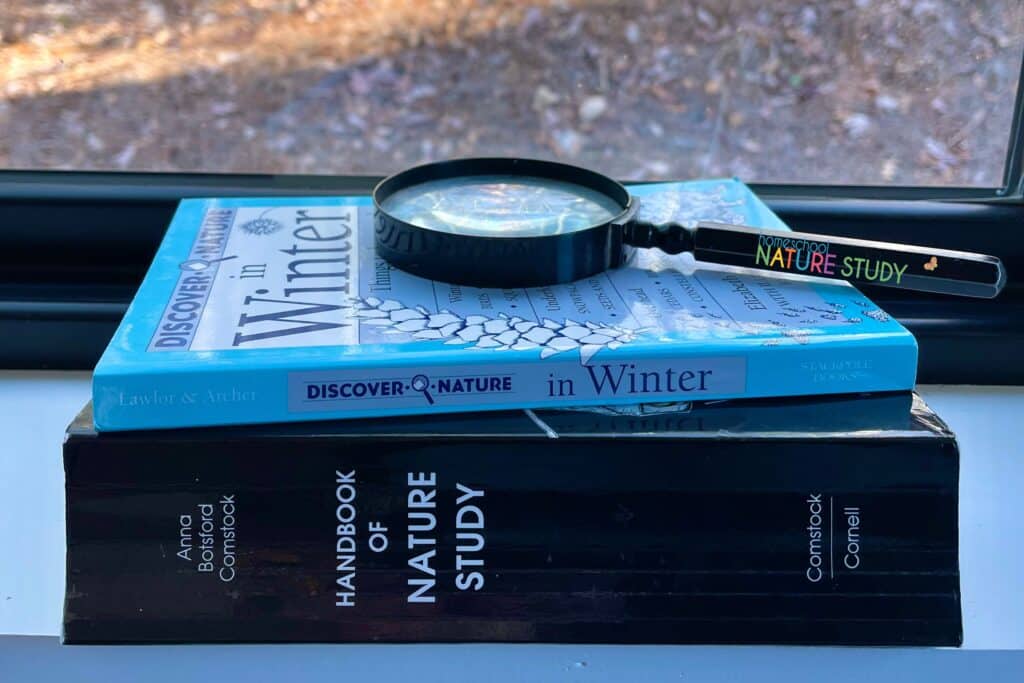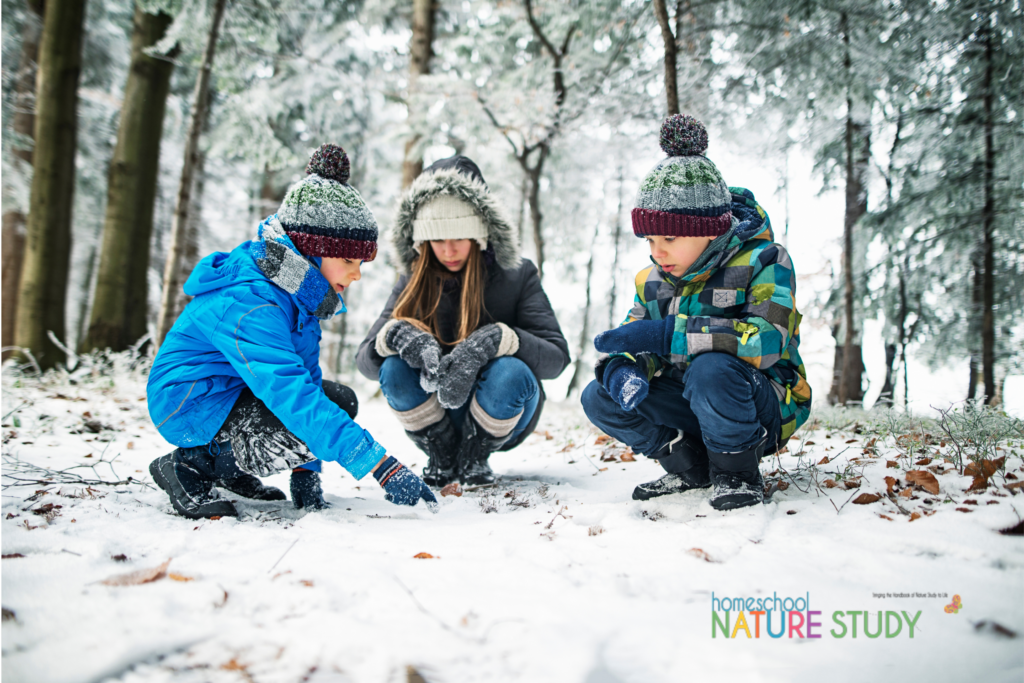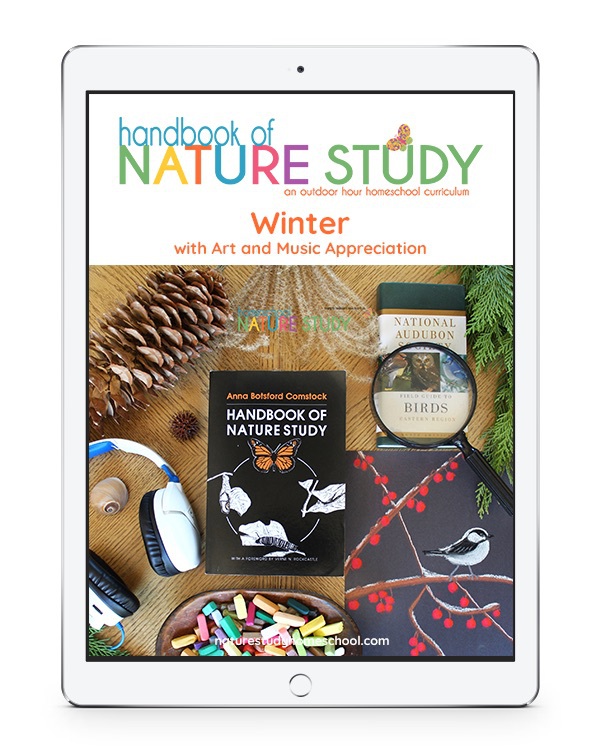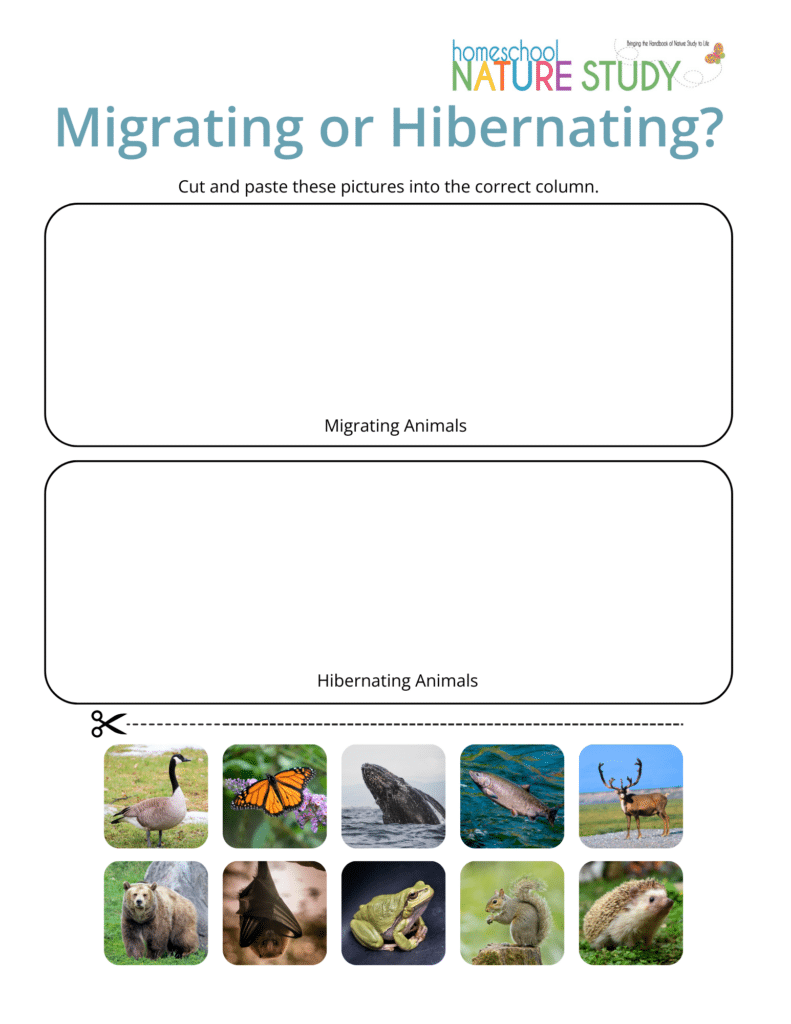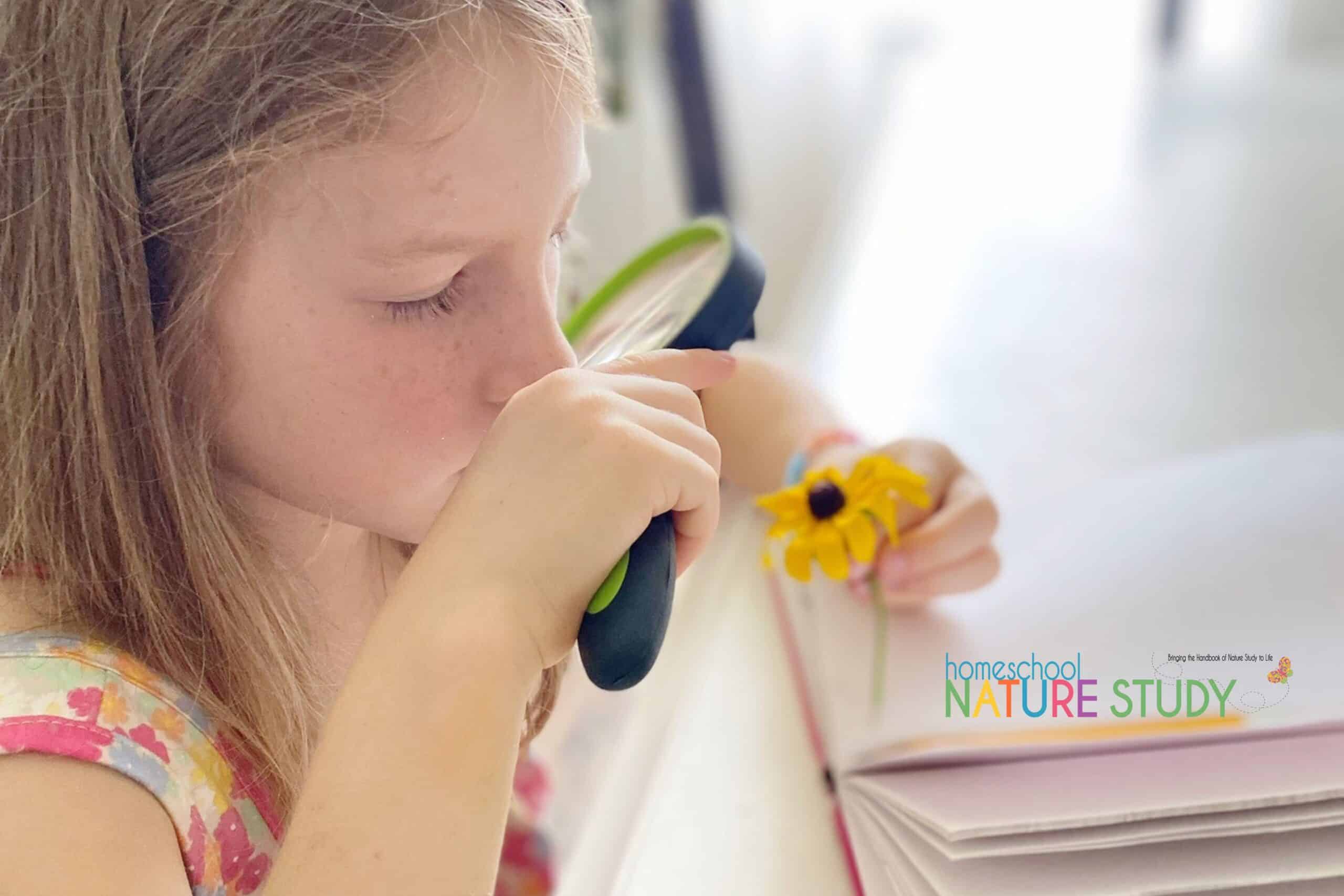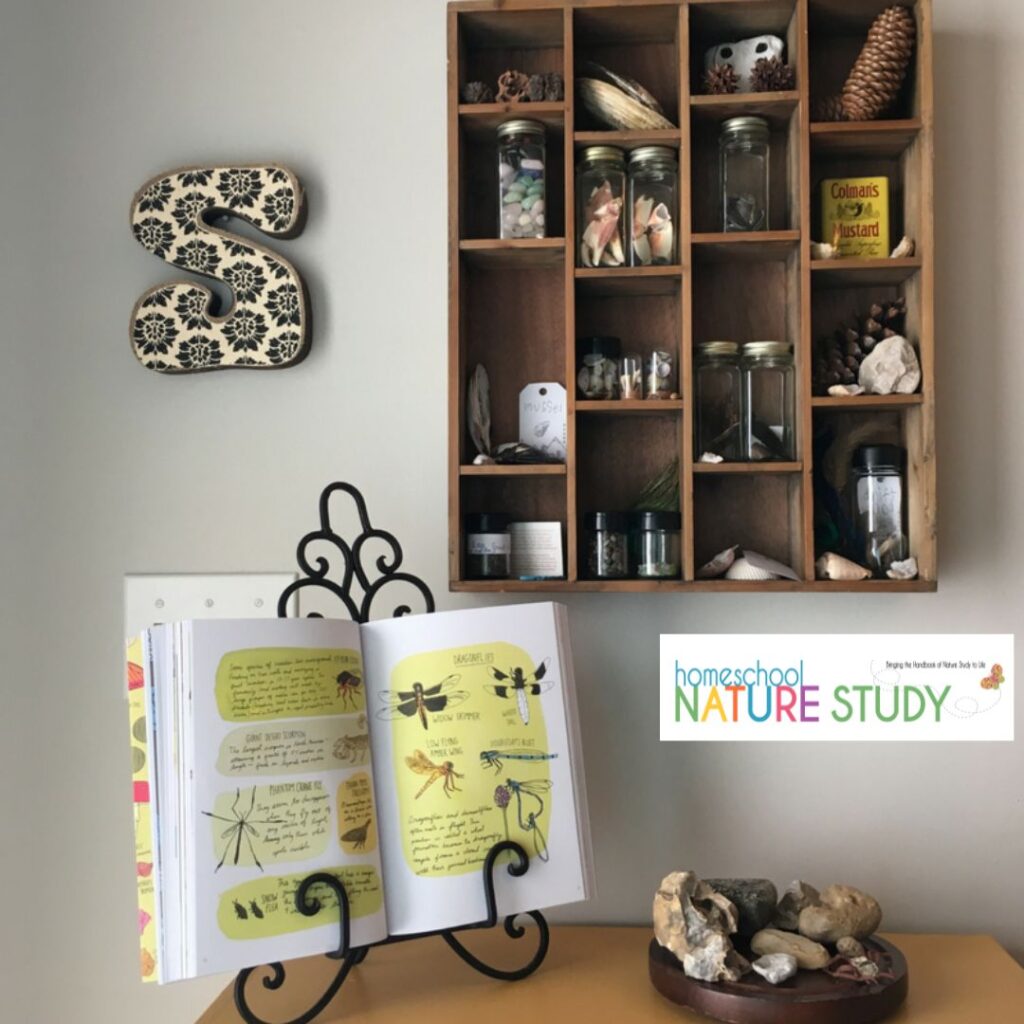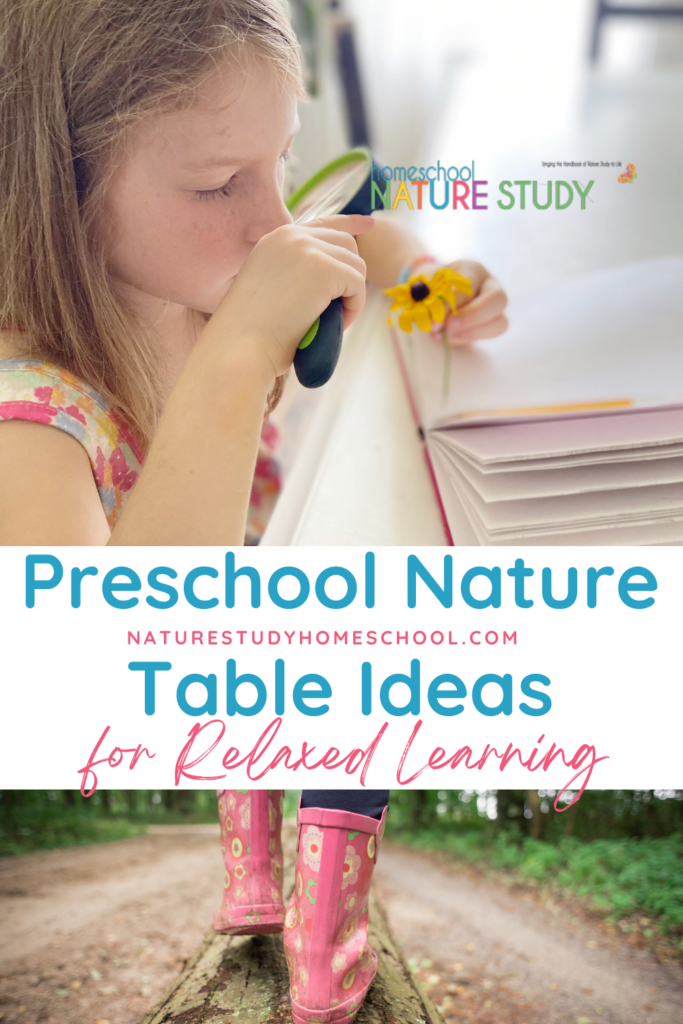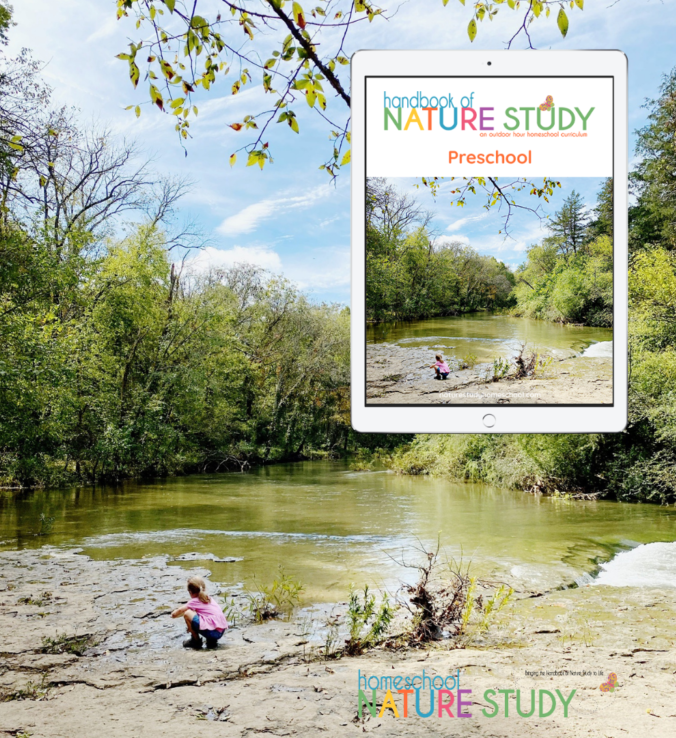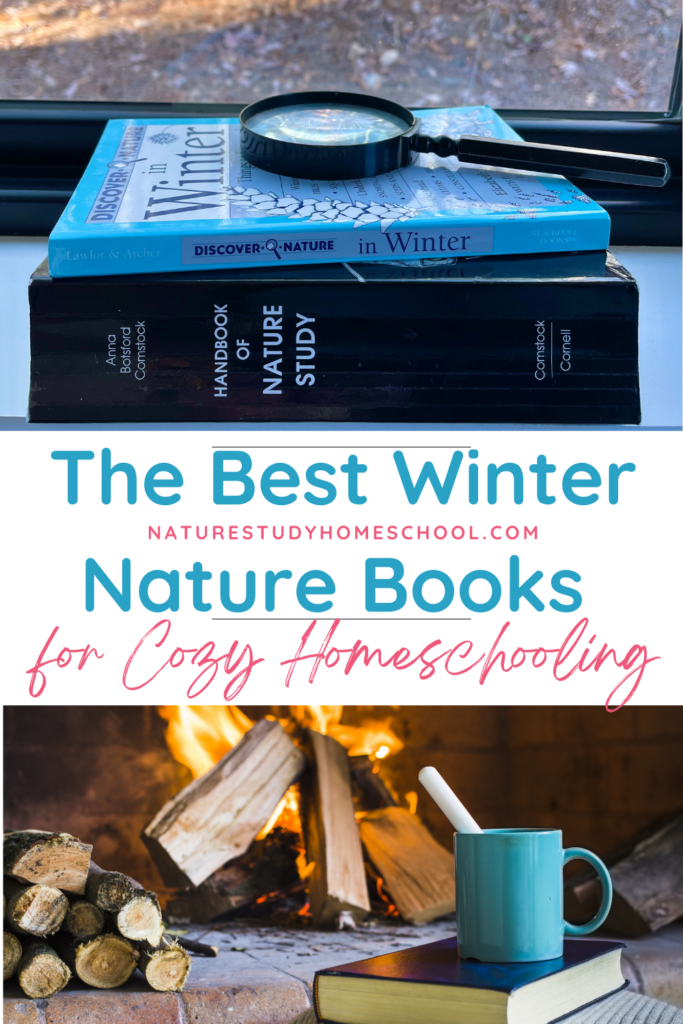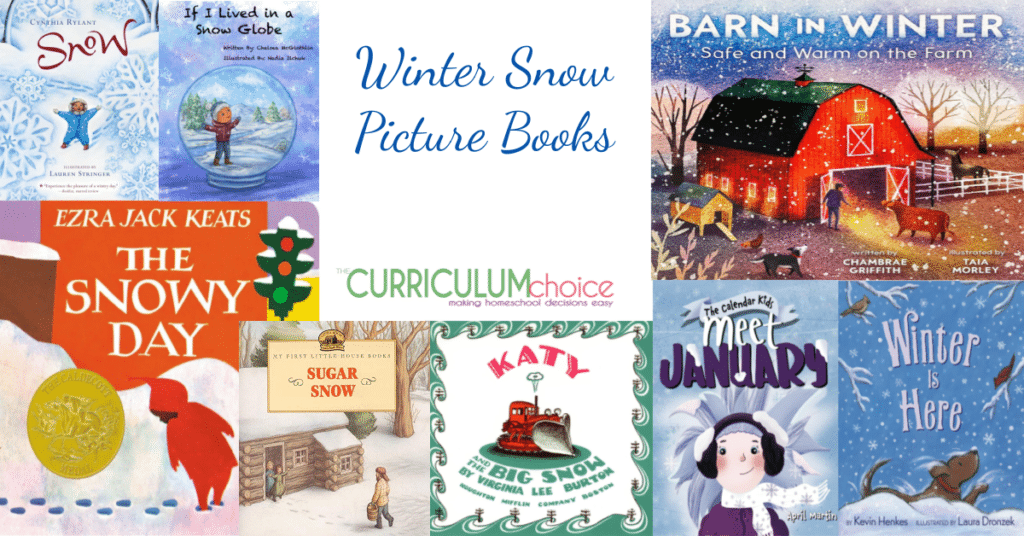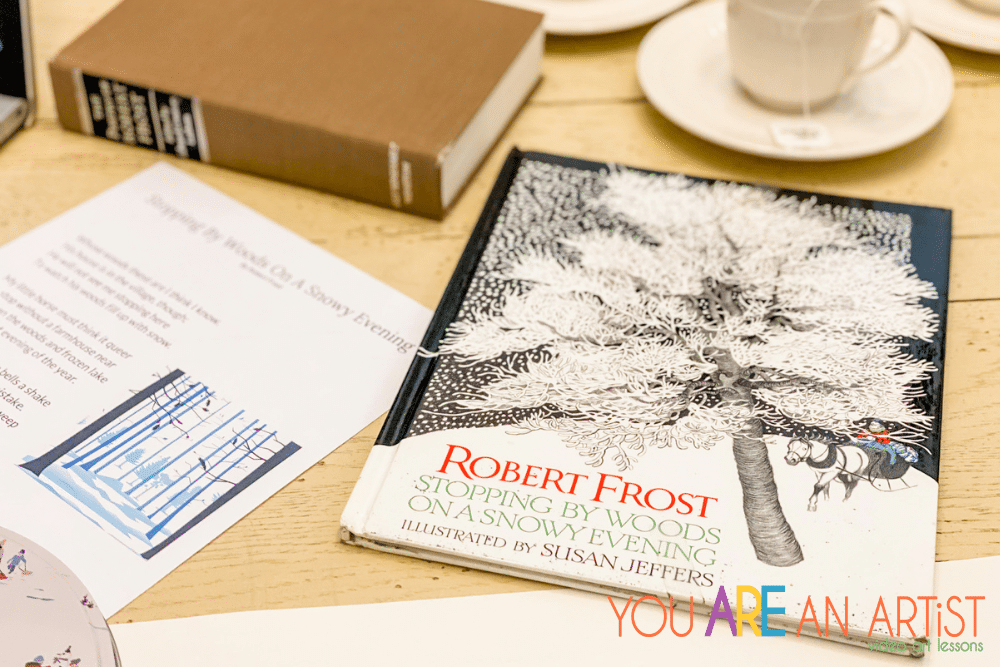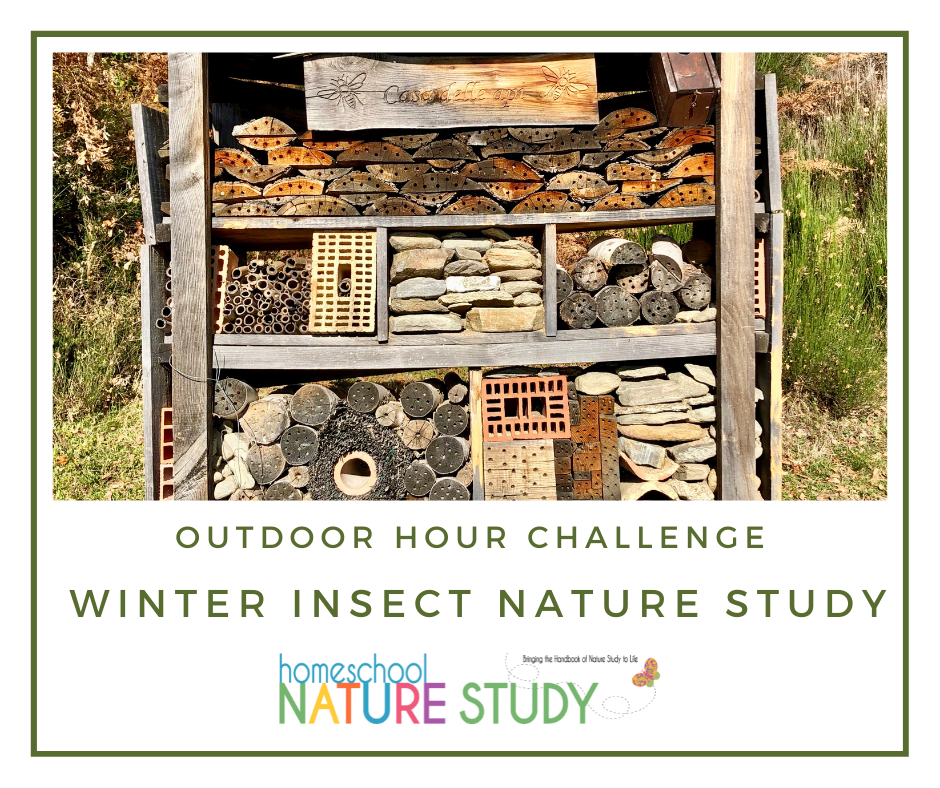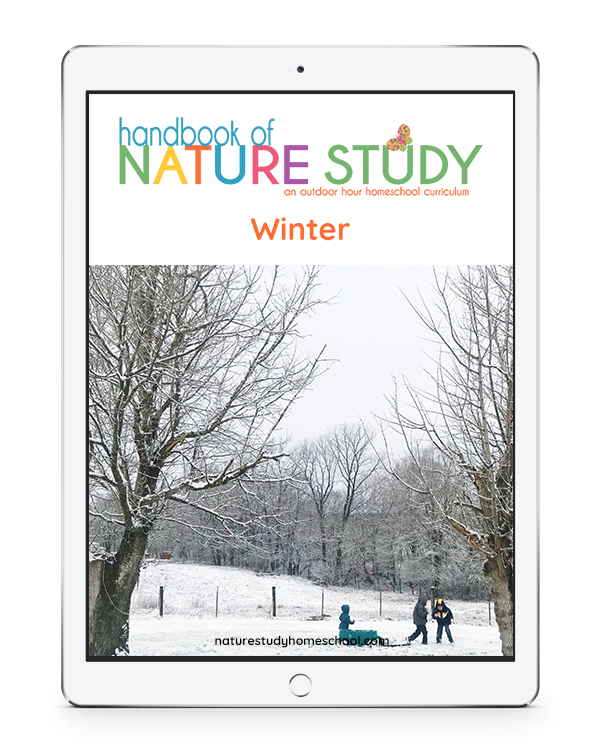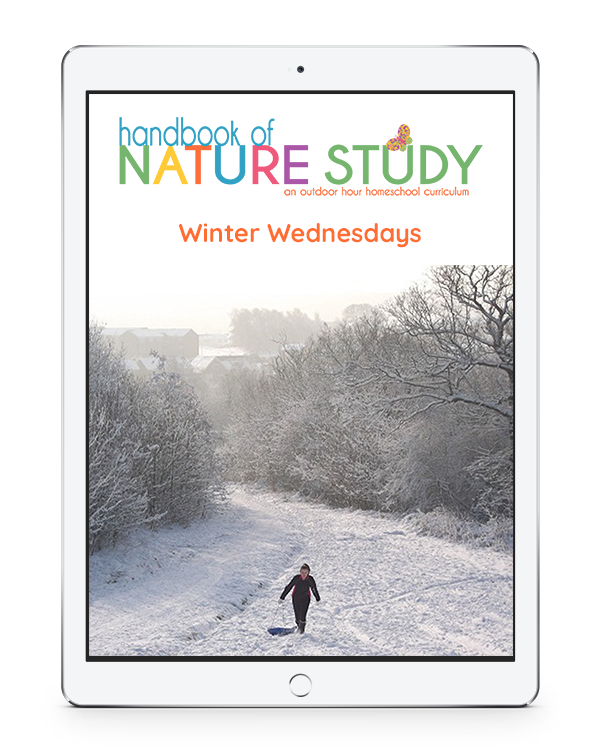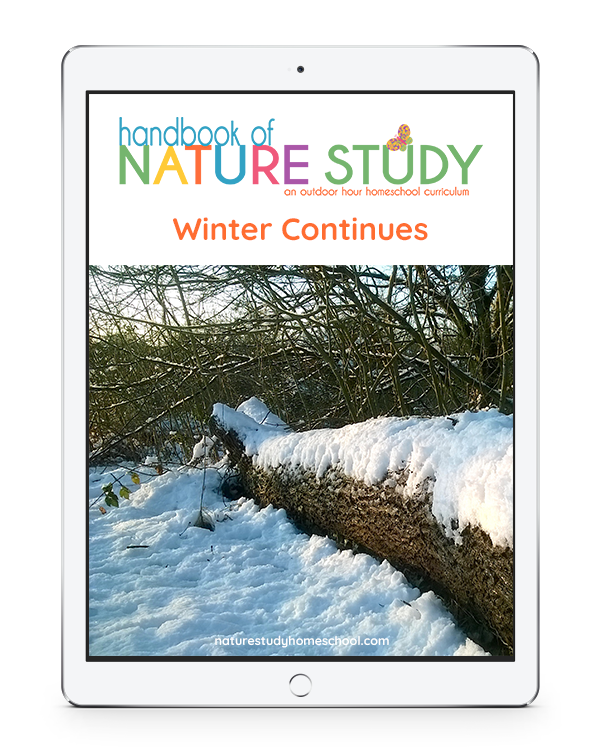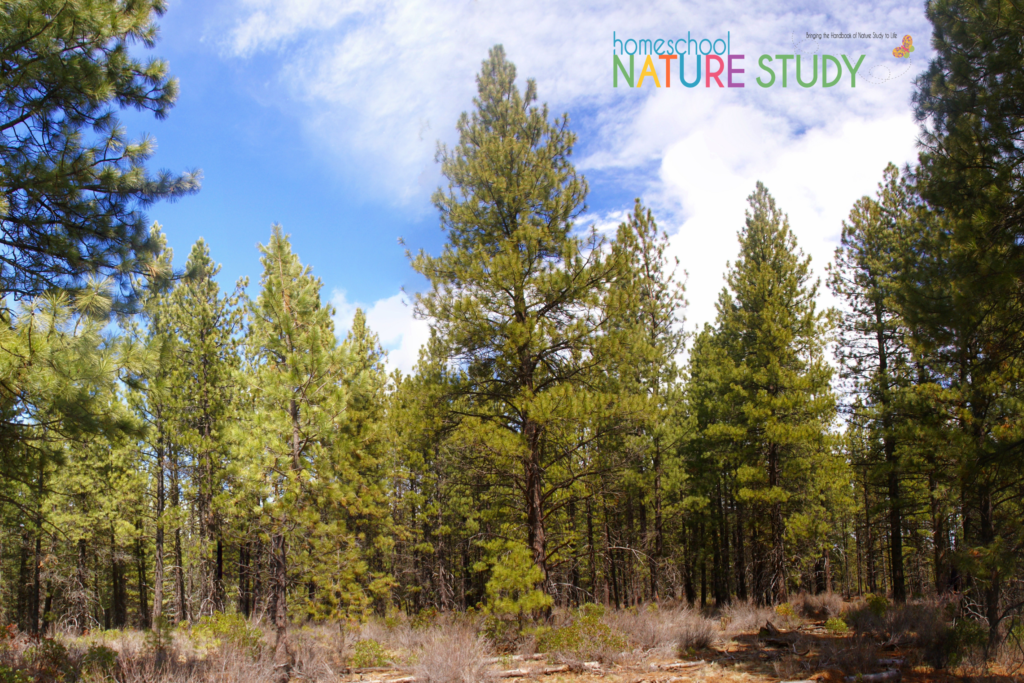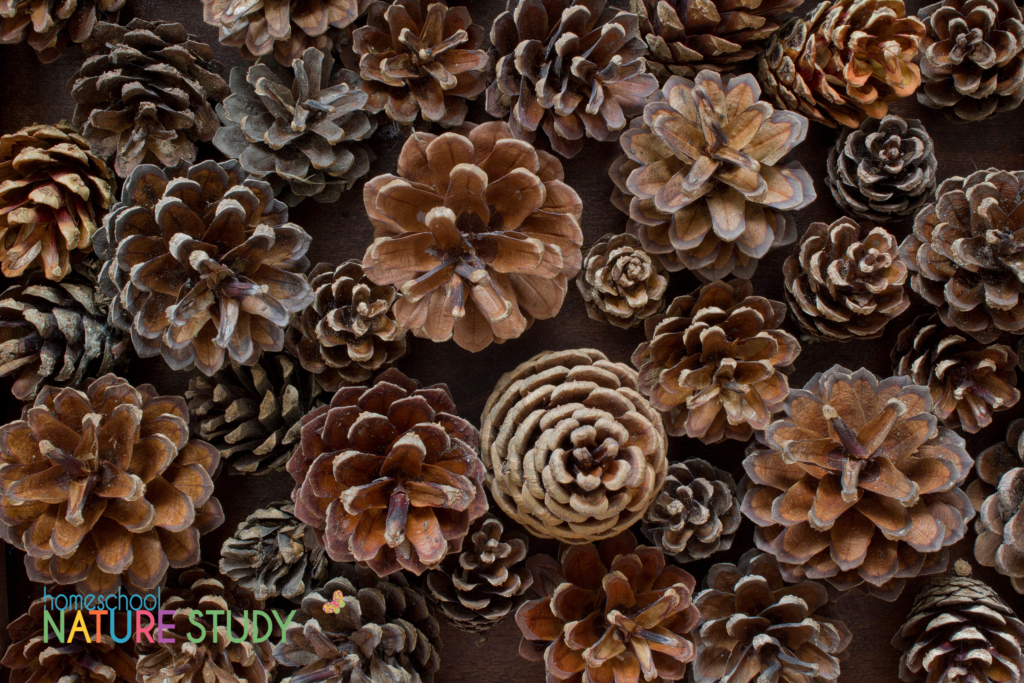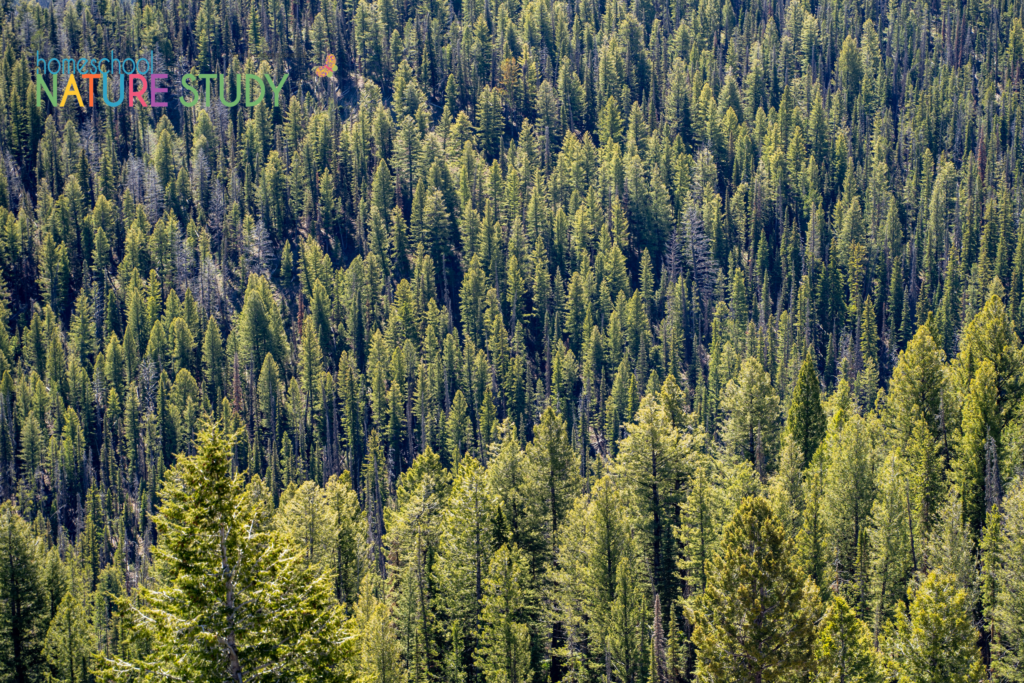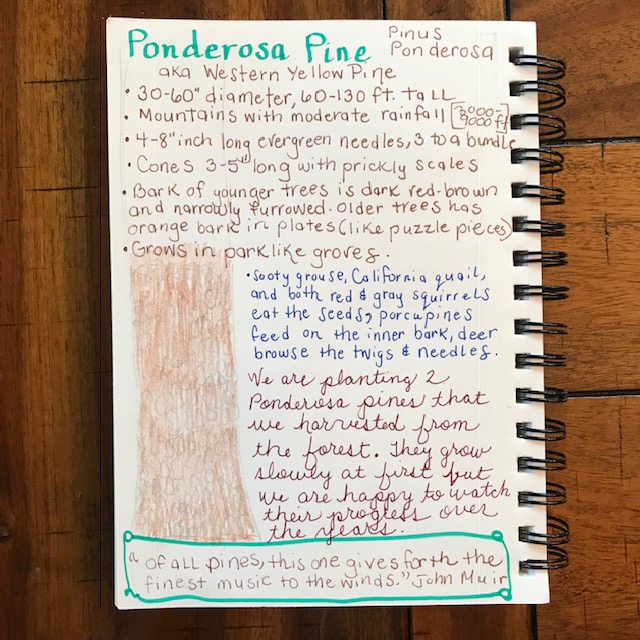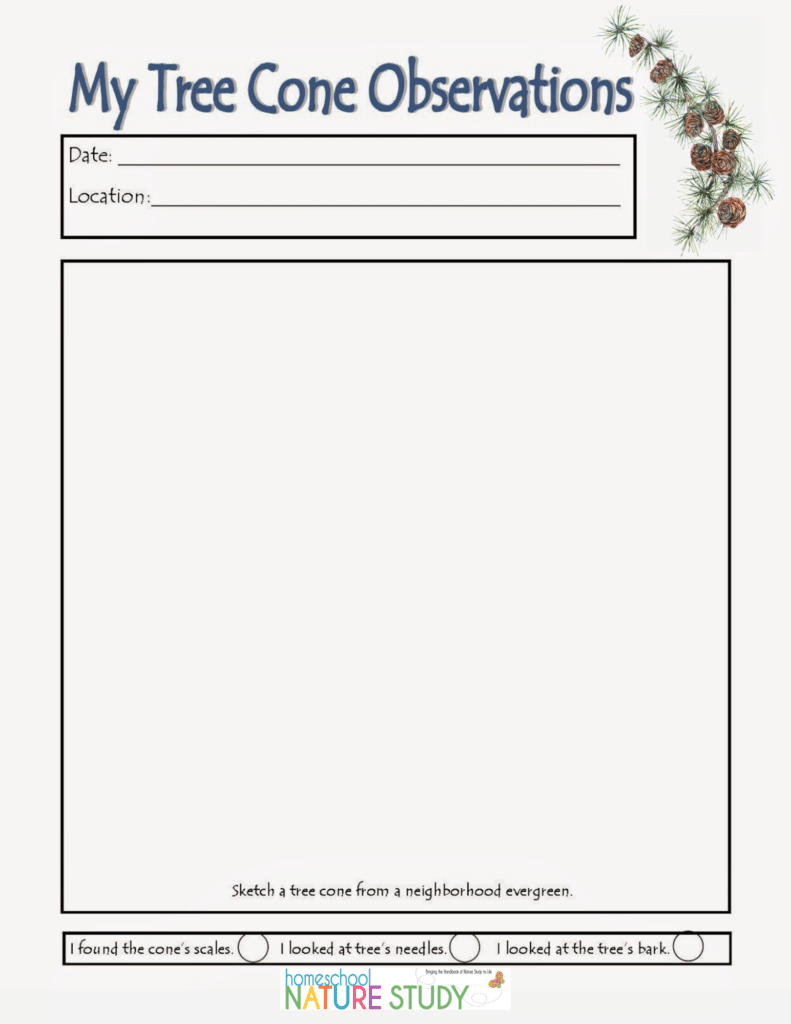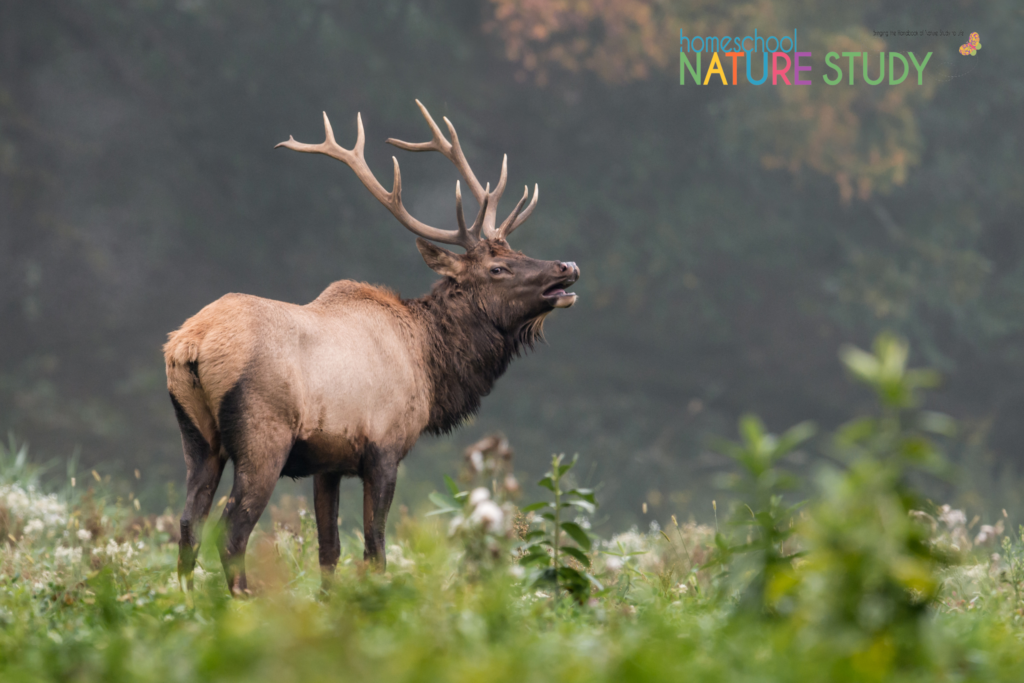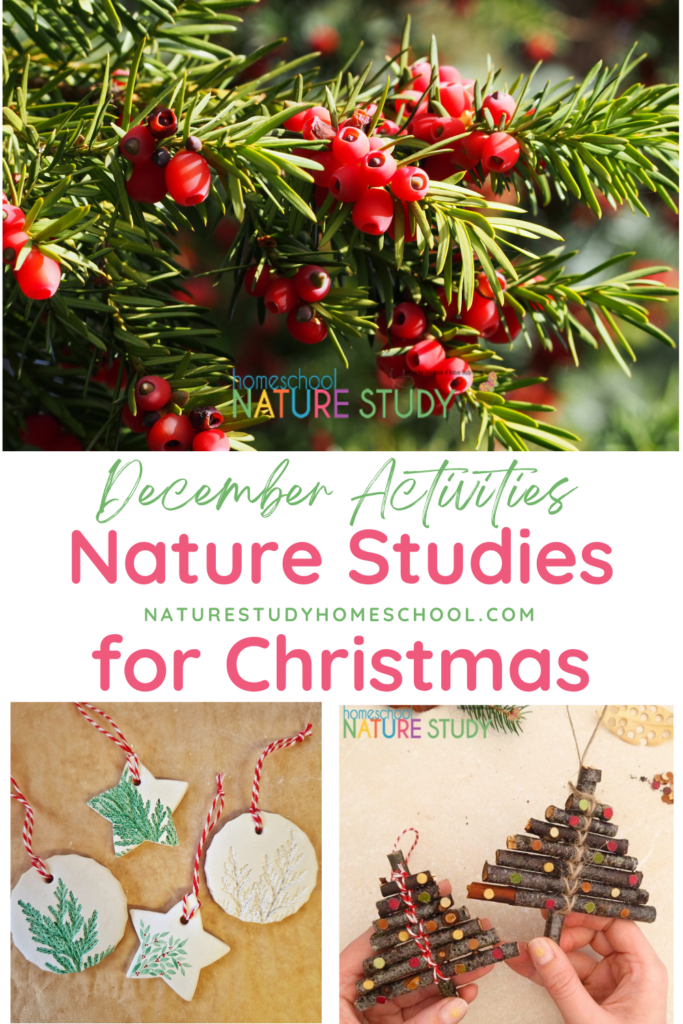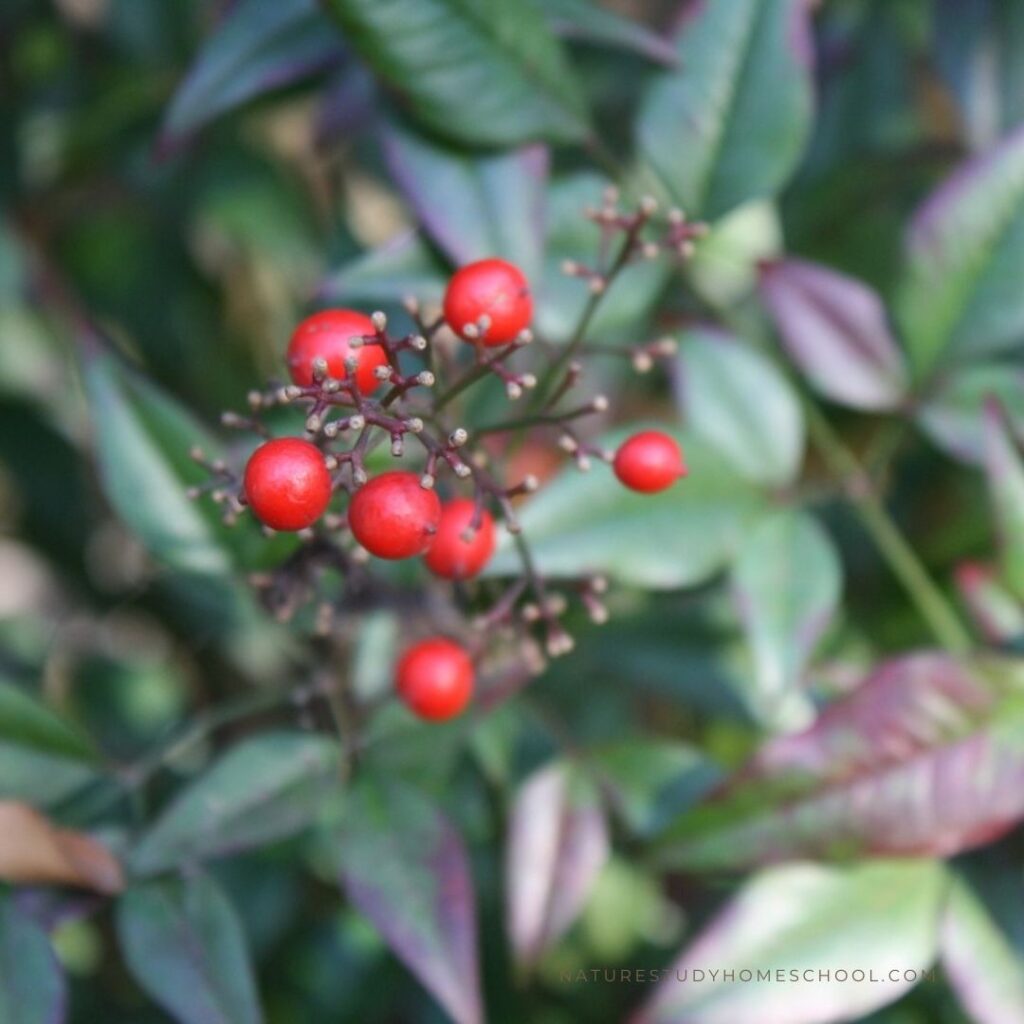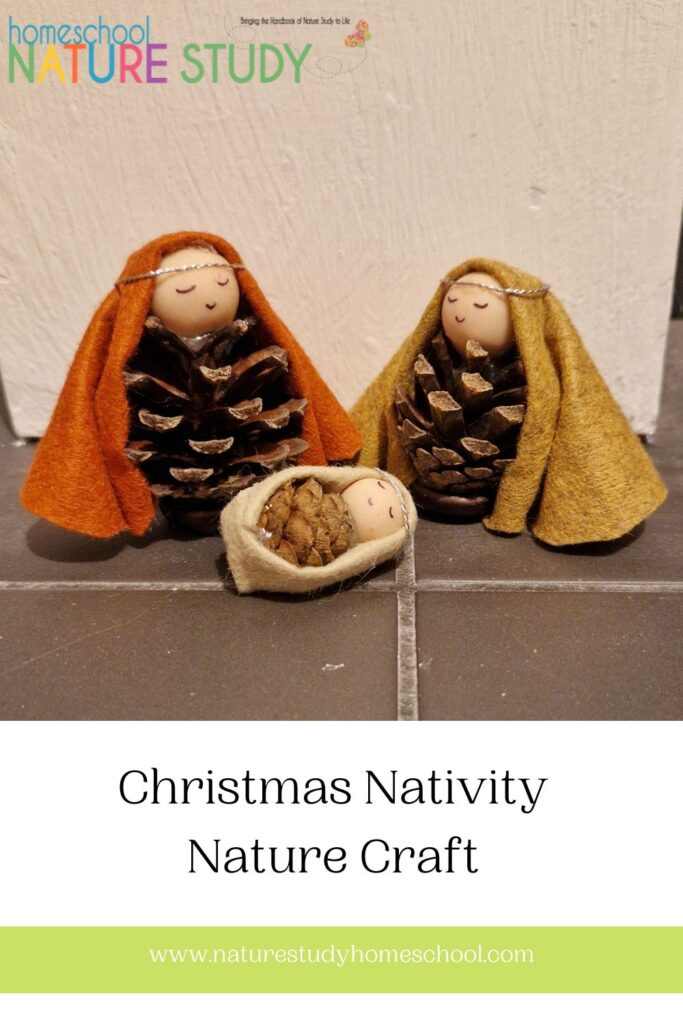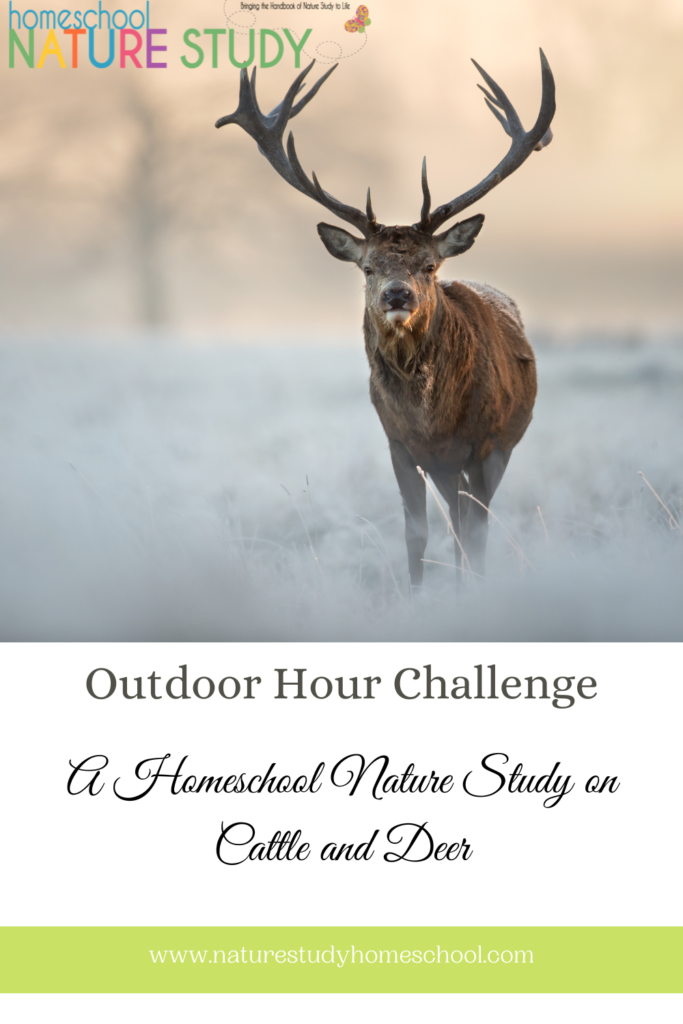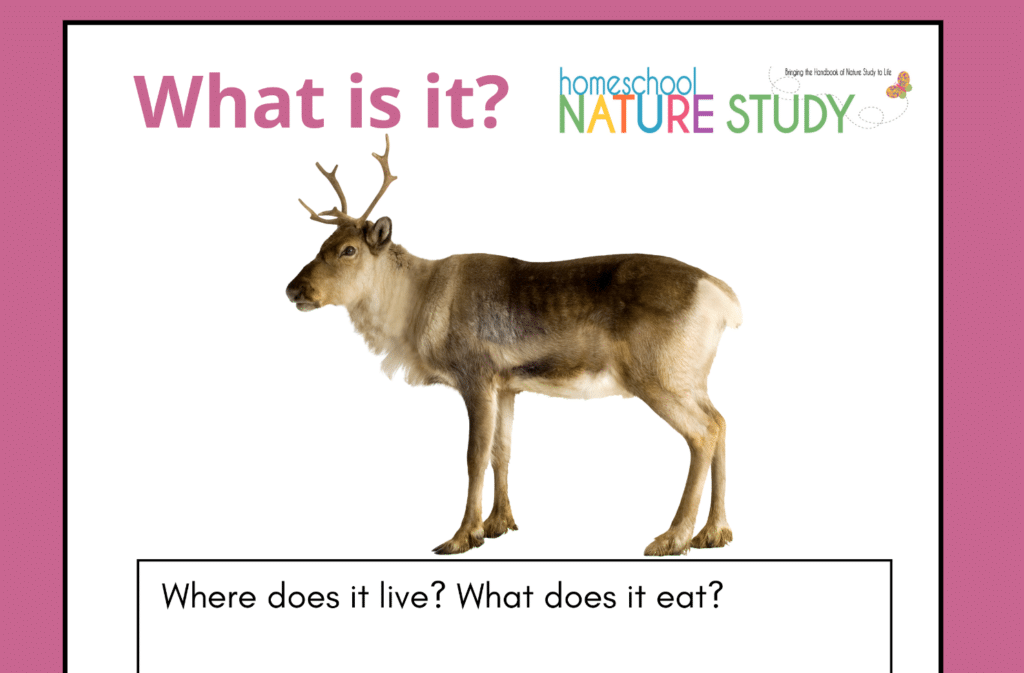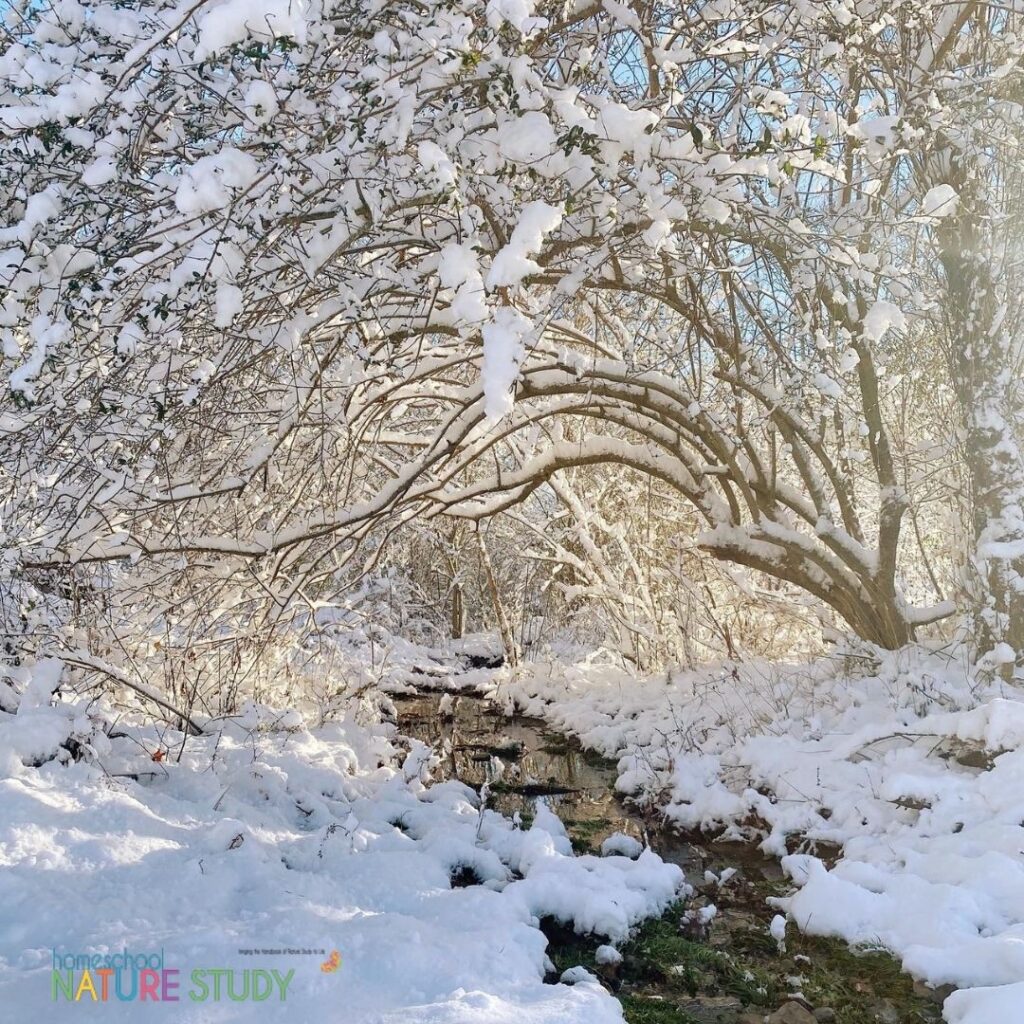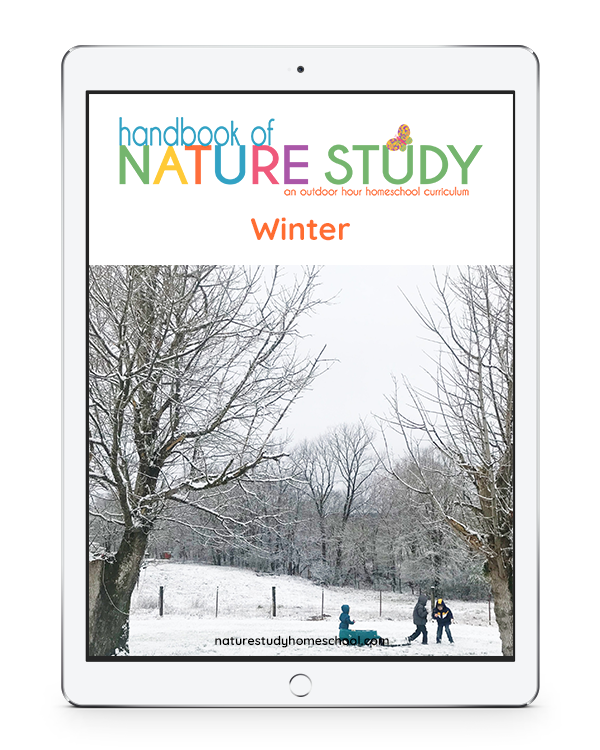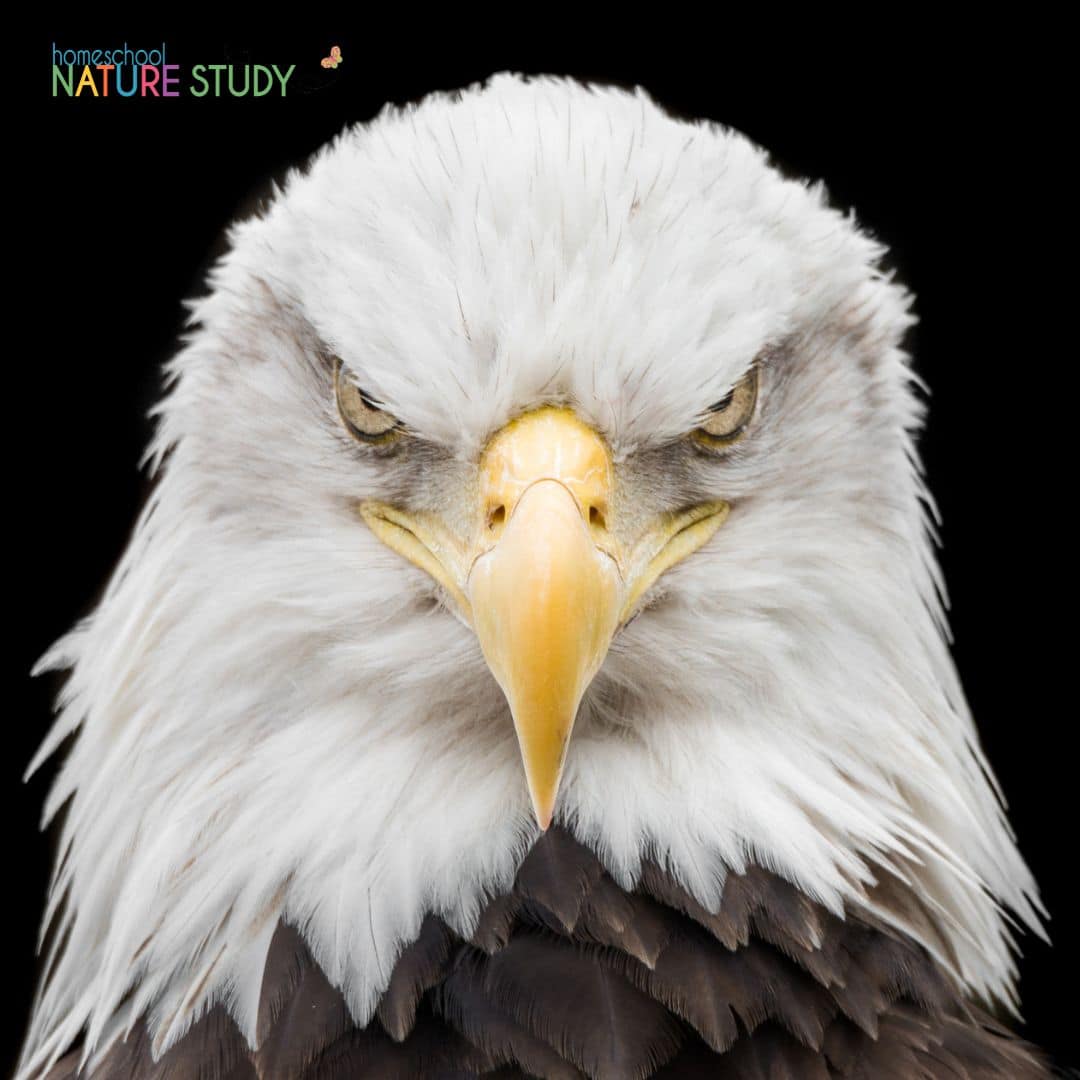
Learn about this mighty bird with a bald eagle study for kids that includes nature study, journaling and nature craft activities plus hands on art ideas.
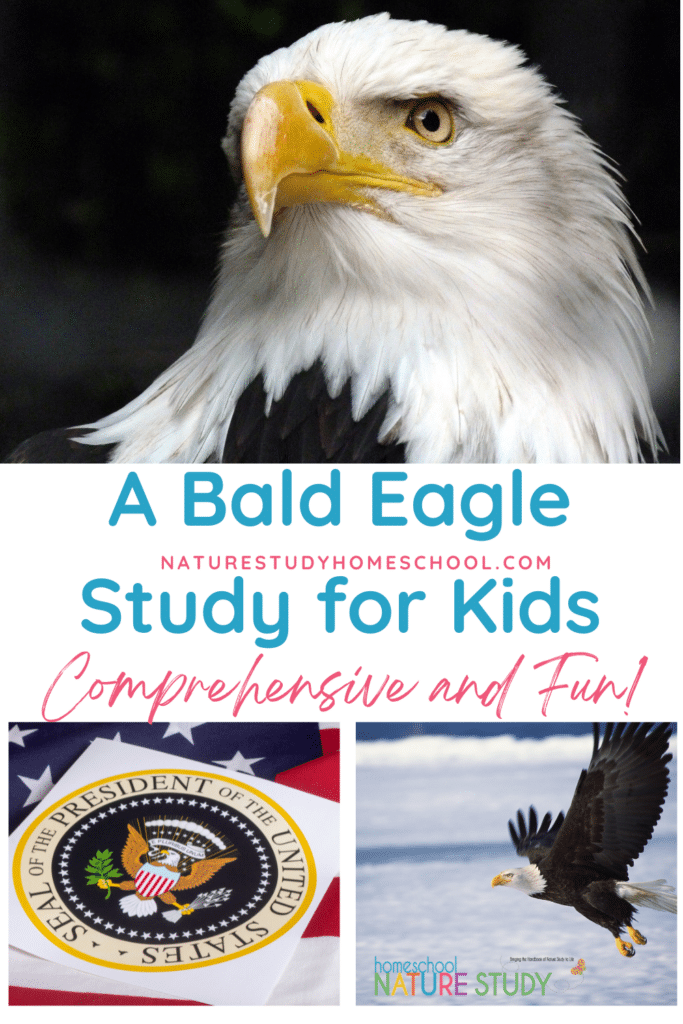
Bald Eagle as National Symbol of the United States and America’s National Bird
The Bald Eagle is National Emblem of the United States of America and has been since 1782. The eagle has been considered a symbol of strength since Roman legions used this bird as their symbol. After its adoption as the national emblem, the eagle then was added to government documents, flags, buildings and more. The eagle is part of the Great Seal of the United States as well as the seal of the President of the United States. That seal is also on the one dollar bill.


The bald eagle bird spent time on the endangered list starting in 1978. Its numbers recovered and the bald eagle was removed from the list in 2007.
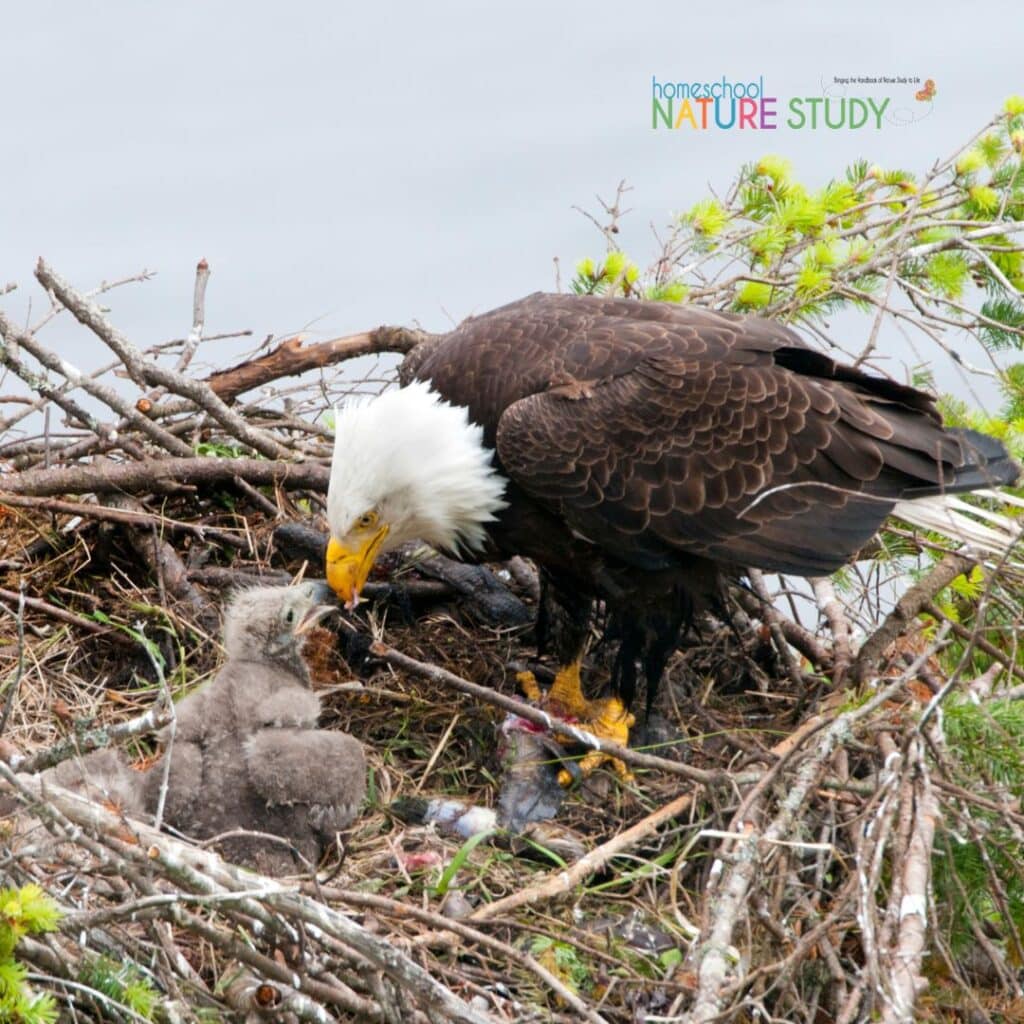
Bald Eagle Study for Kids
Bald eagles build nests with large sticks. They usually choose to build their nest at the top of a lone tree or on a rock in a very high place. This gives the eagle a great view for hunting.
Why is this bird of prey called a bald eagle? A bald eagle is actually not bald. But the white feathers on its head make it distinct and gives this majestic bird its name.
Enjoy a video all about bald eagles for kids.
Bald Eagle Nature Study for Kids and Other Birds of Prey
Though The Handbook of Nature Study does not include the eagle, we can use so many of the suggestions for other bird of prey.
Use your favorite bird field guide to study the range and habits of the bald eagle.
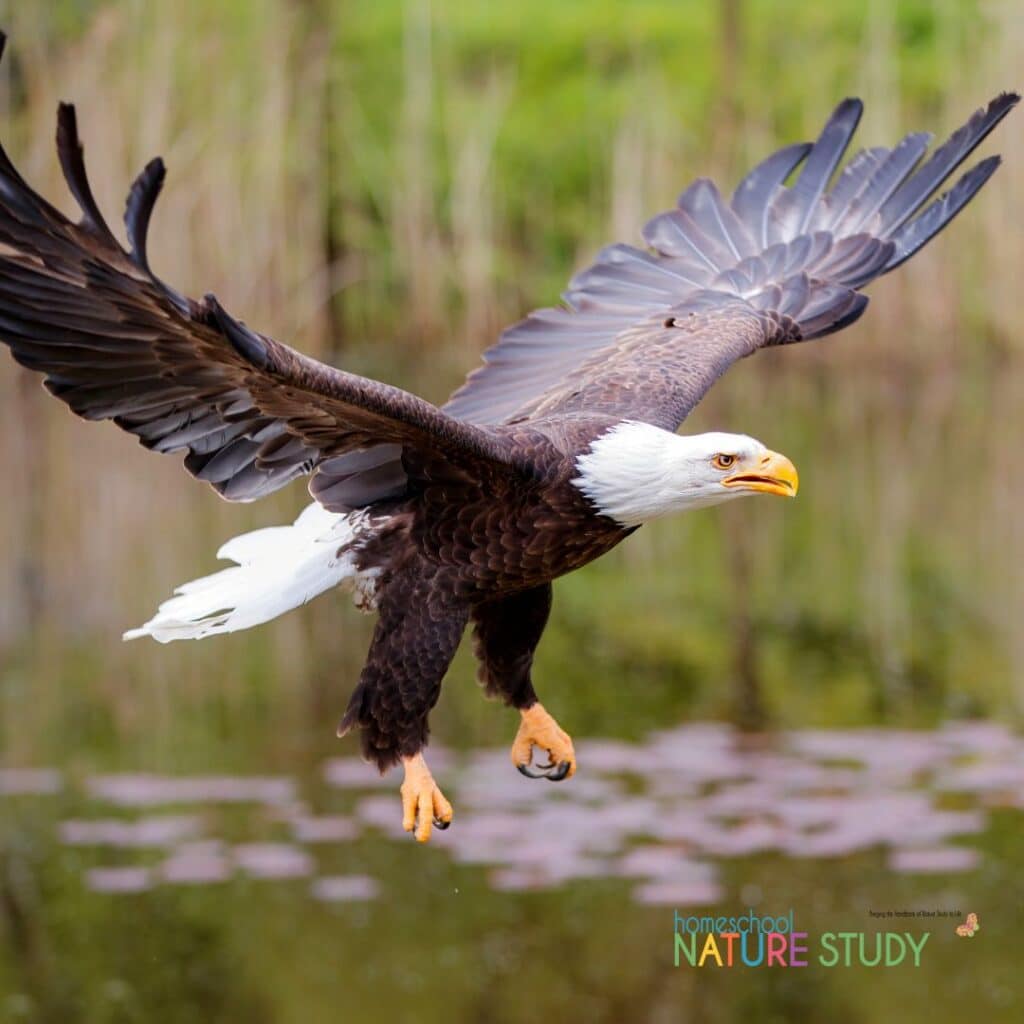
If you have the opportunity to observe eagles near your home, plan a time to! If not, there are many bird observations and backyard bird activities you can enjoy during your outdoor hour.
See how Barb’s family visited an eagle habitat about 45 minutes from their home.
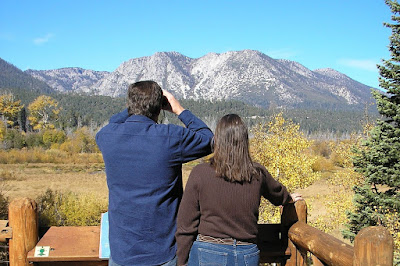
Members can follow the Study on the Hawk with detailed observations as well as advanced studies.
Amy Law shared these wonderful resources on birds of prey! “My husband has been a falconer for years; so this week’s Outdoor Hour Challenge on hawks is a special one to our family. Through the years, my husband has had a few different kinds of birds of prey. . . Red Tail, Harris Hawk, Peregrine Falcon, Gyr Falcon, and a Kestrel. They’re amazing to watch close up, but also so amazing to watch in their natural habitat as well!”
Video by Amy Law can also be viewed on Instagram.
Here are five tips to help you find and study hawks or other birds of prey this week!
1. Birds of prey can be found everywhere. . .in the woods, in fields, along roadsides. It’s not uncommon to find a nest in a neighborhood these days.
2. You can often find Red Tails sitting on the top of utility poles along the roads or up in the tallest tree around. They sit up high, while they’re looking for small animals for food.
3. Kestrels are often seen sitting on telephone wires or on wire fences. These tiny birds of prey are so cute!
4. Especially in winter, look for the birds’ silhouette in tall trees. Their colors will often blend in, but the silhouette is still there.
5. For close up study, often a nature center will have a bird of prey that has been injured and can’t live in the wild anymore. Also, zoos, of course!
Most of all, enjoy studying these beautiful birds together!.
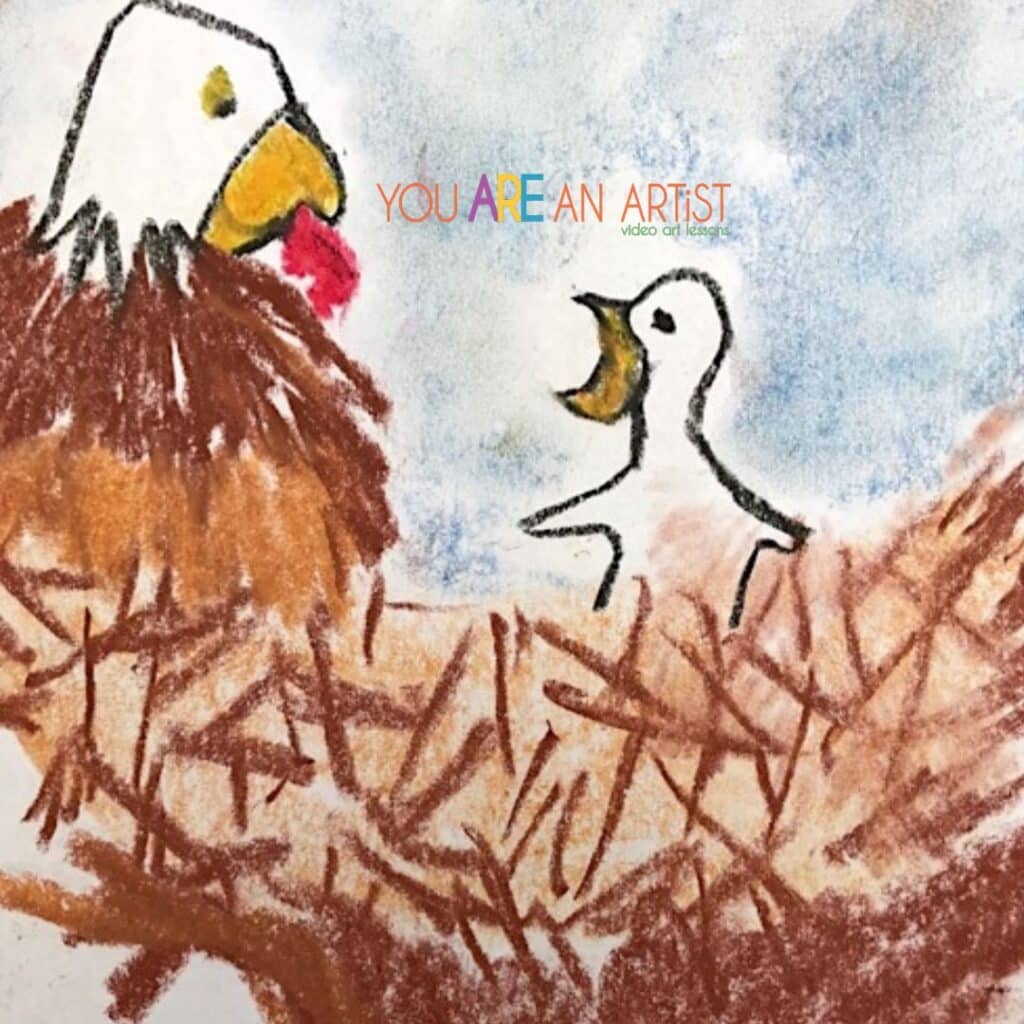
Eagle Nature Journaling and Art Lesson
Our sister site has an eagle nest art lesson that Nana shared in her Forest Nature course in You ARE an ARTiST Clubhouse membership.
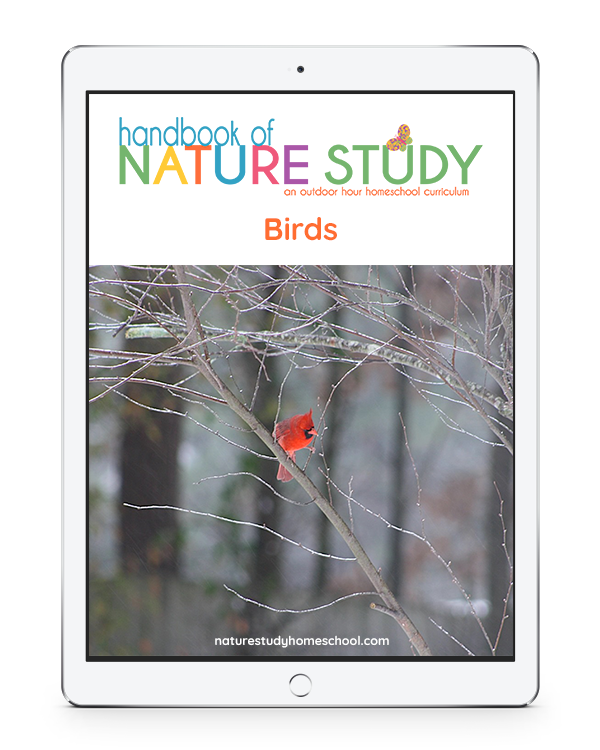
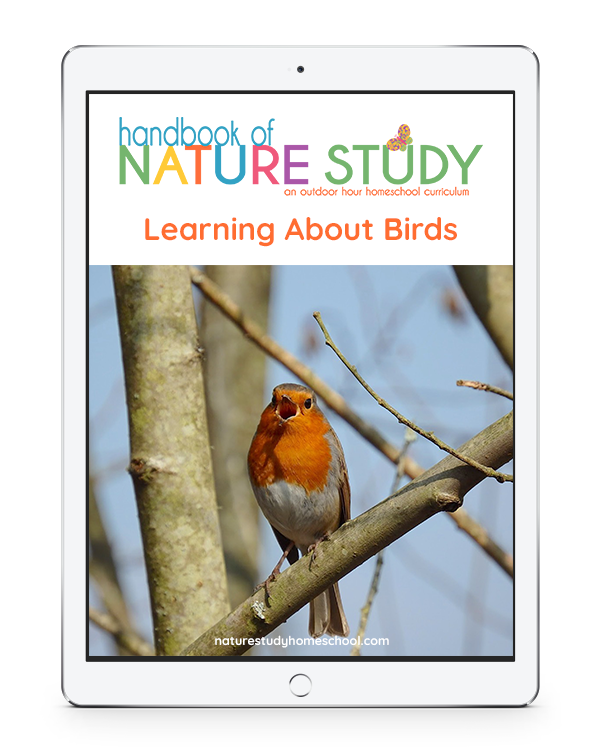
Bird Nature Study Activities in Homeschool Nature Study Membership
You can enjoy these resources in Homeschool Nature Study membership:
- Bird Outdoor Hour Challenge Curriculum
- All About Birds Outdoor Hour Challenge Curriculum
- Feather Coloring Page
- Bird Feet Observations
- Bird Life Cycle
and much more!
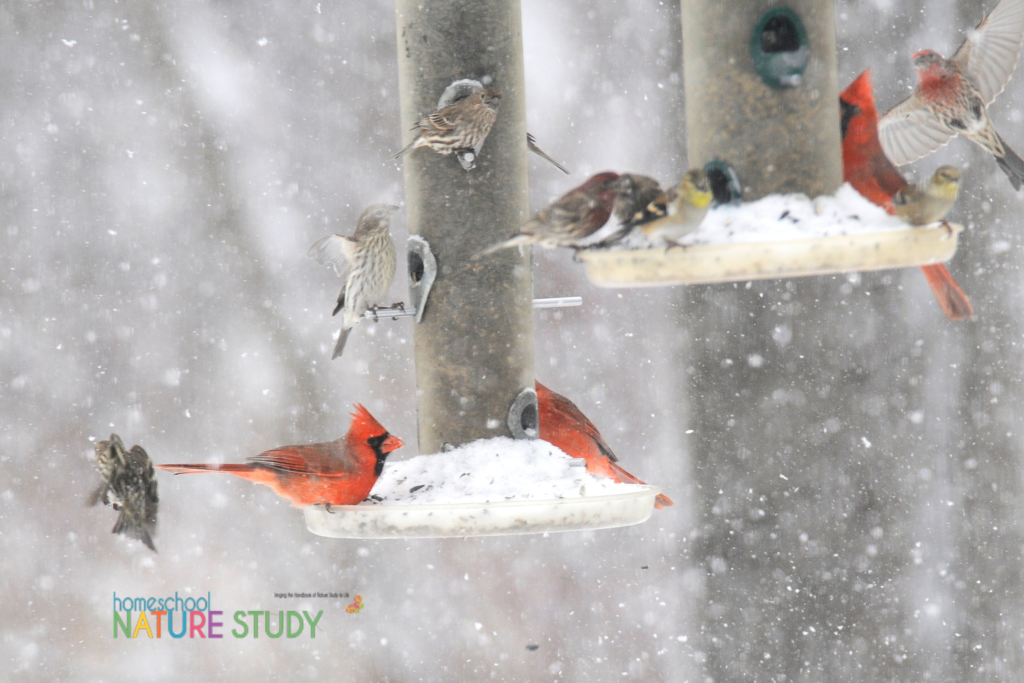
More Bird Homeschool Studies
For your resident ornithologists, besides this bald eagle study for kids, we have even more fun to explore!
- Great Backyard Bird Count Resources: Everything You Need!
- Backyard Birds: Hawks and Their Calls
- Autumn Bird and Woodpecker Study
- Learn About Birds: Activities for Young Children
- Fun Bird Nests and Eggs Nature Study
- Backyard Bird Calls: A Cardinal Study
- Homeschool Bird Study for Different Learning Styles
- Fun Owl Nature Study Ideas
Learn More About Outdoor Hour Challenges with The Handbook of Nature Study
Our Homeschool Nature Study members have access to endless year round nature studies, Handbook of Nature Study references, follow up nature journaling activities, notebook pages and resources to inspire and guide you.
Be inspired. Be encouraged. Get outdoors!


